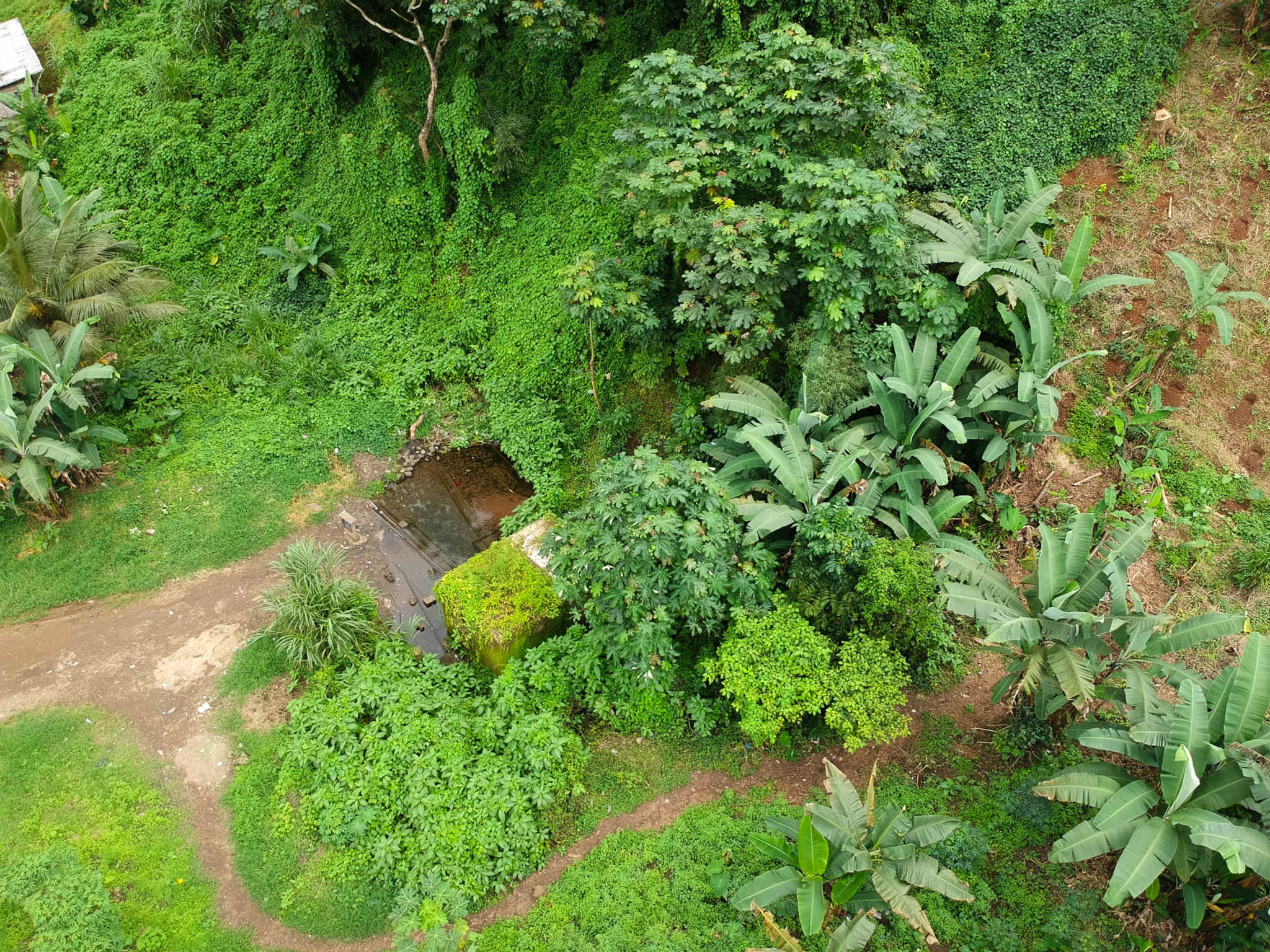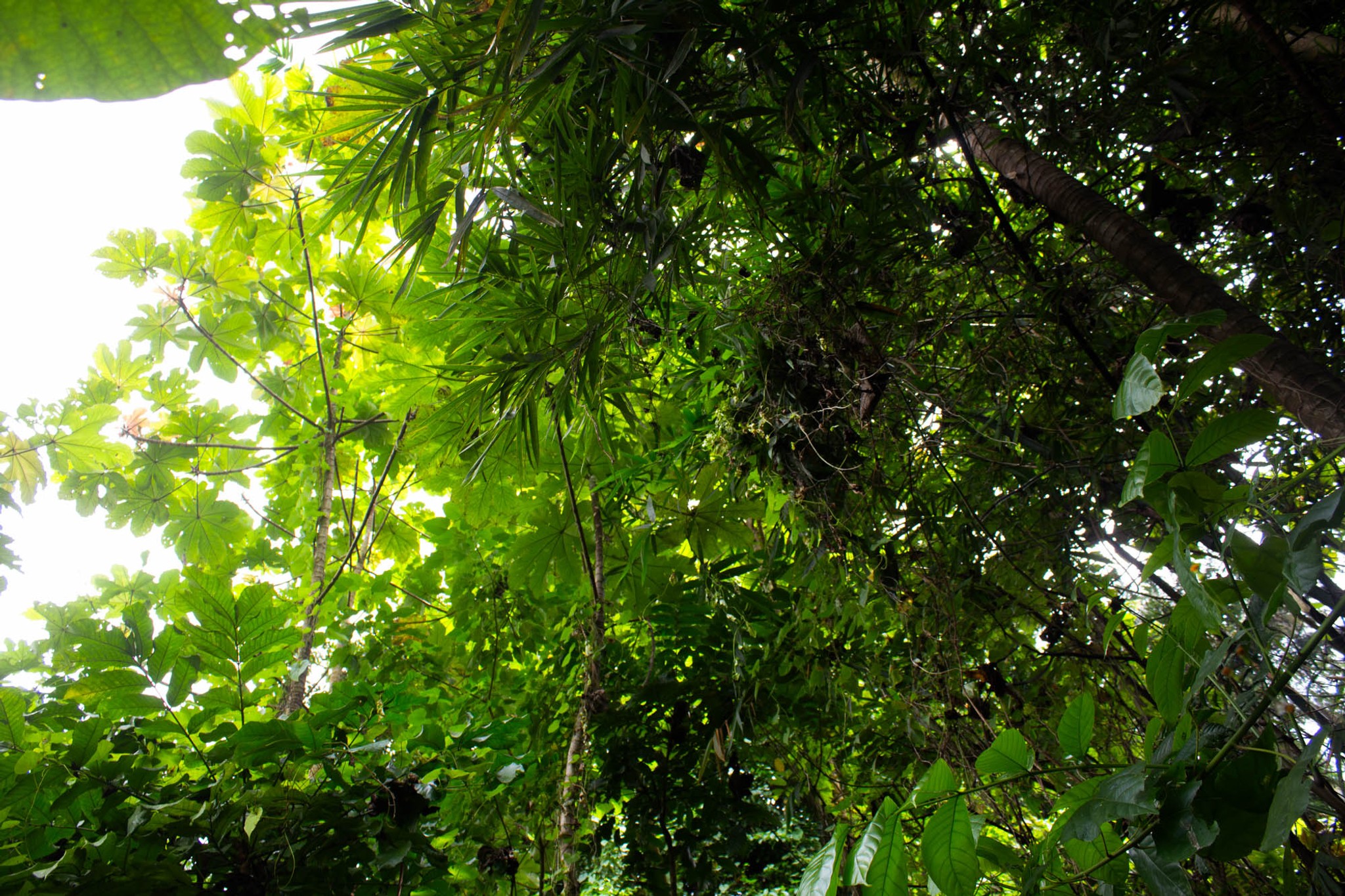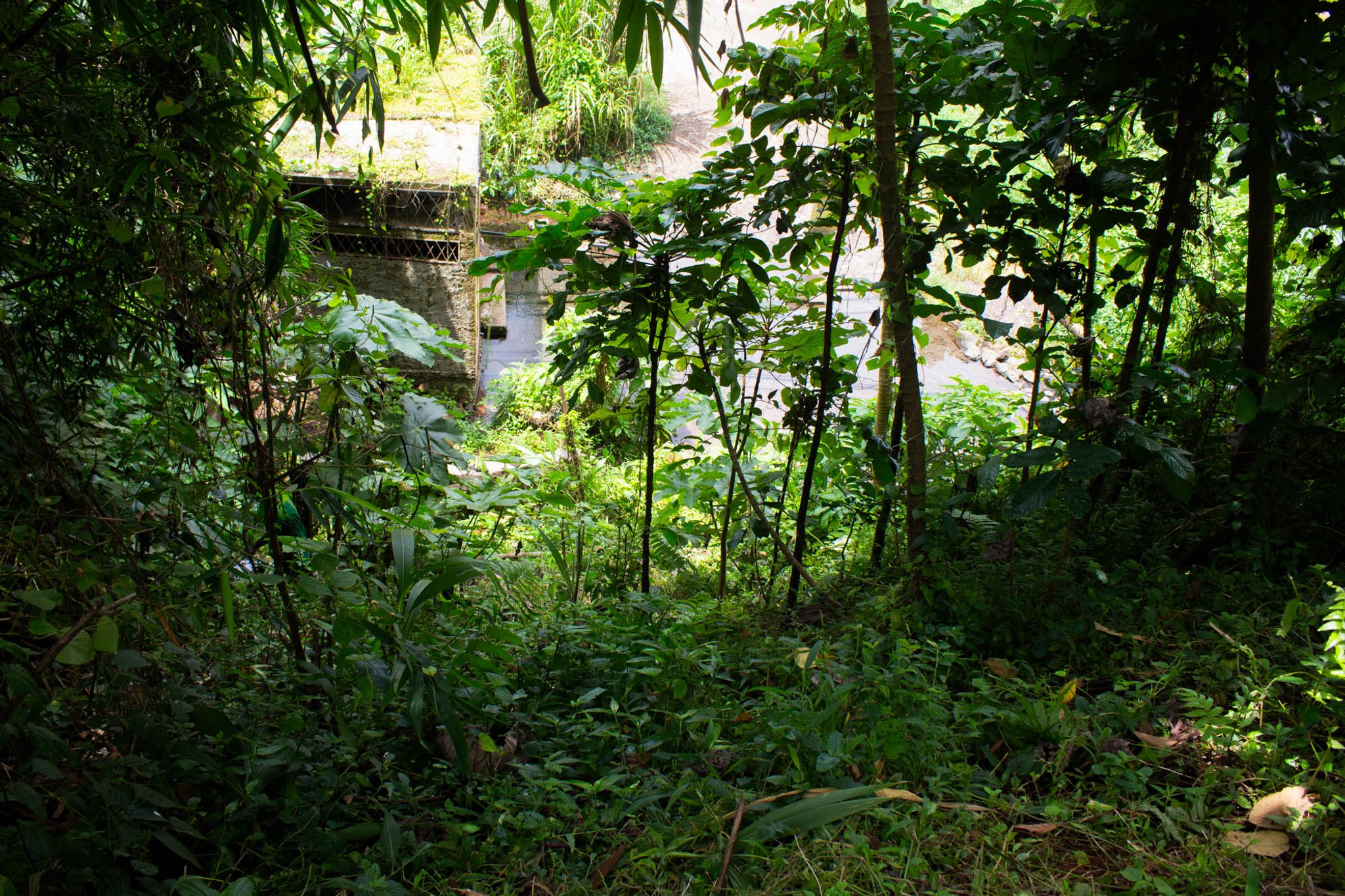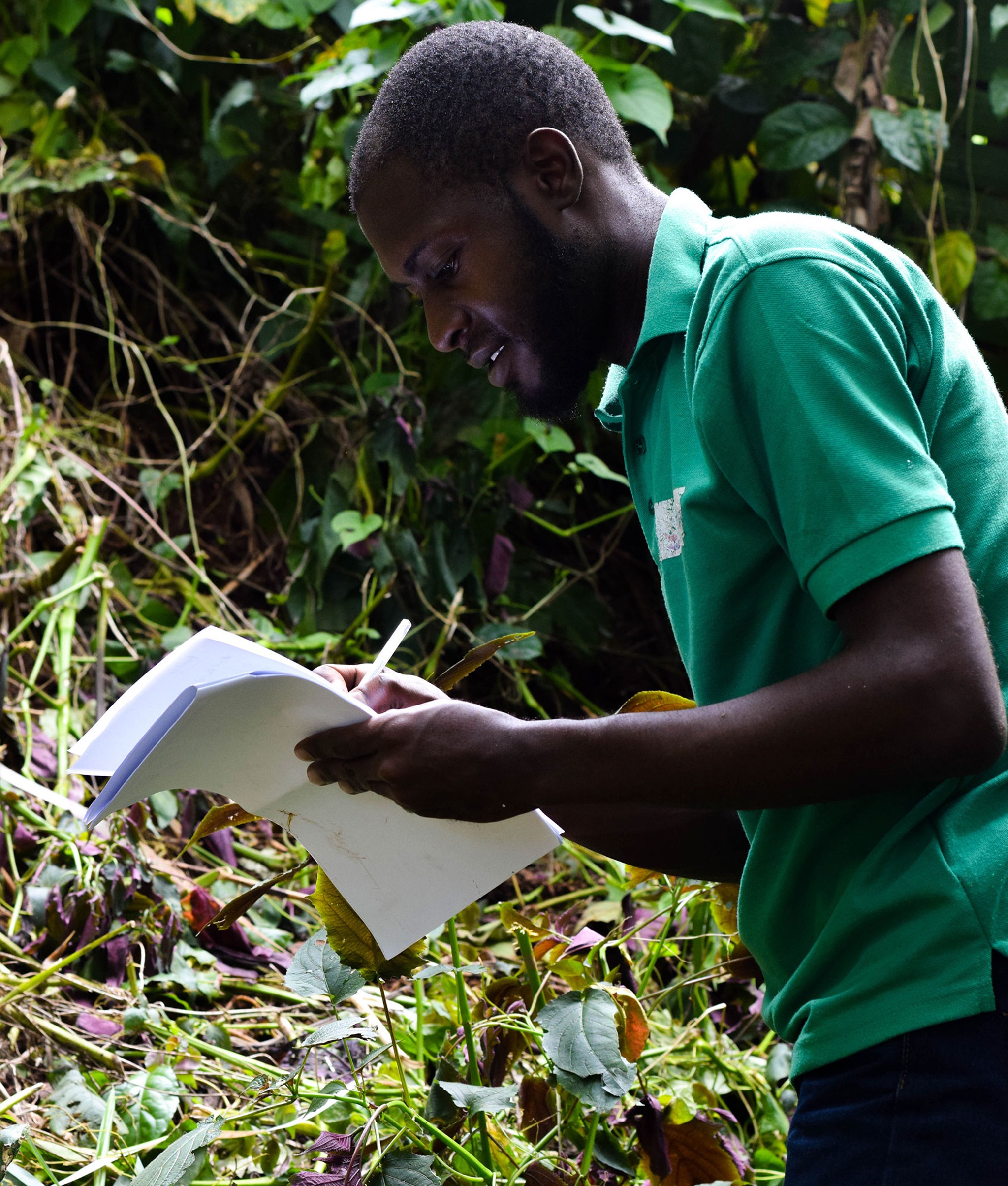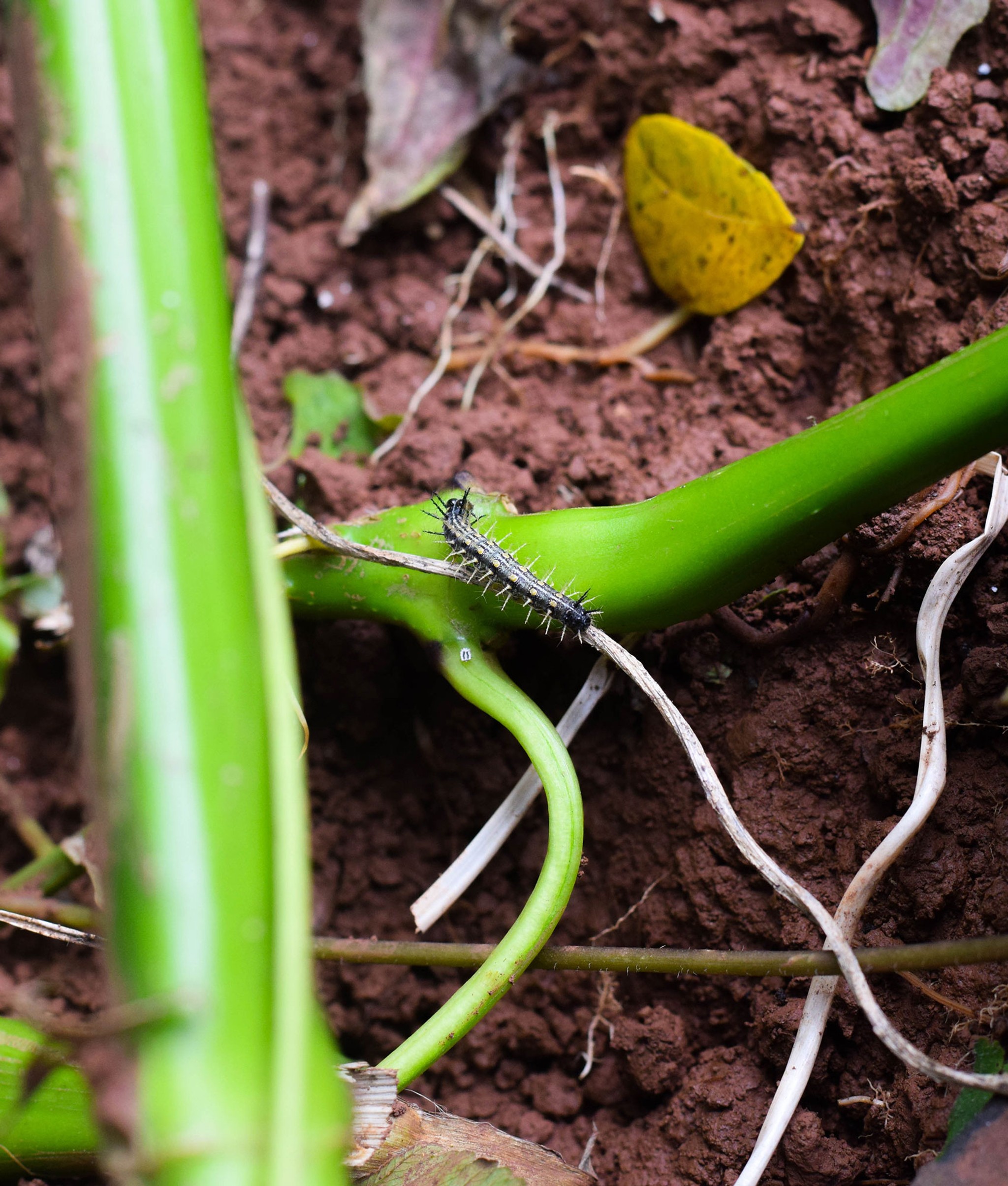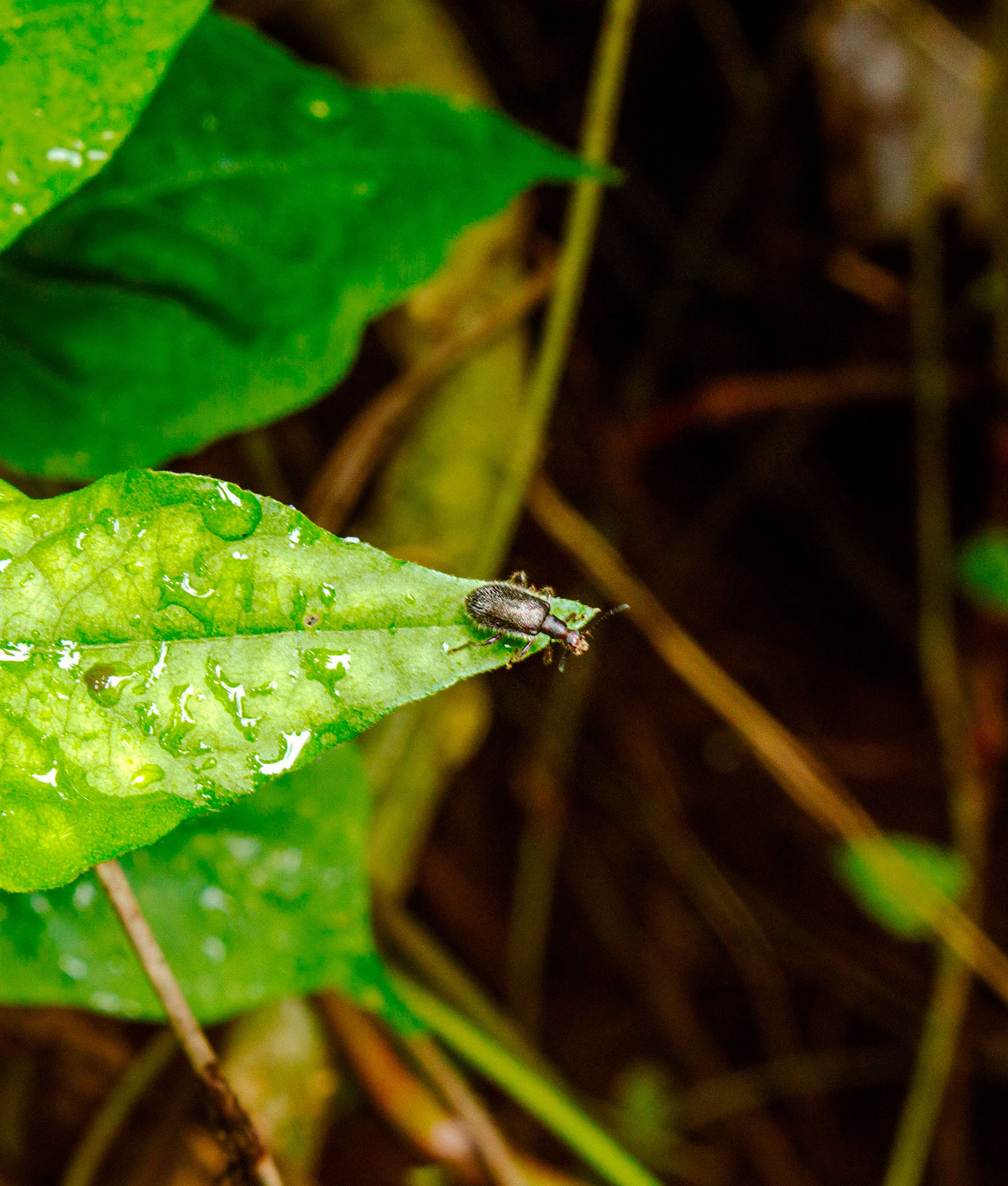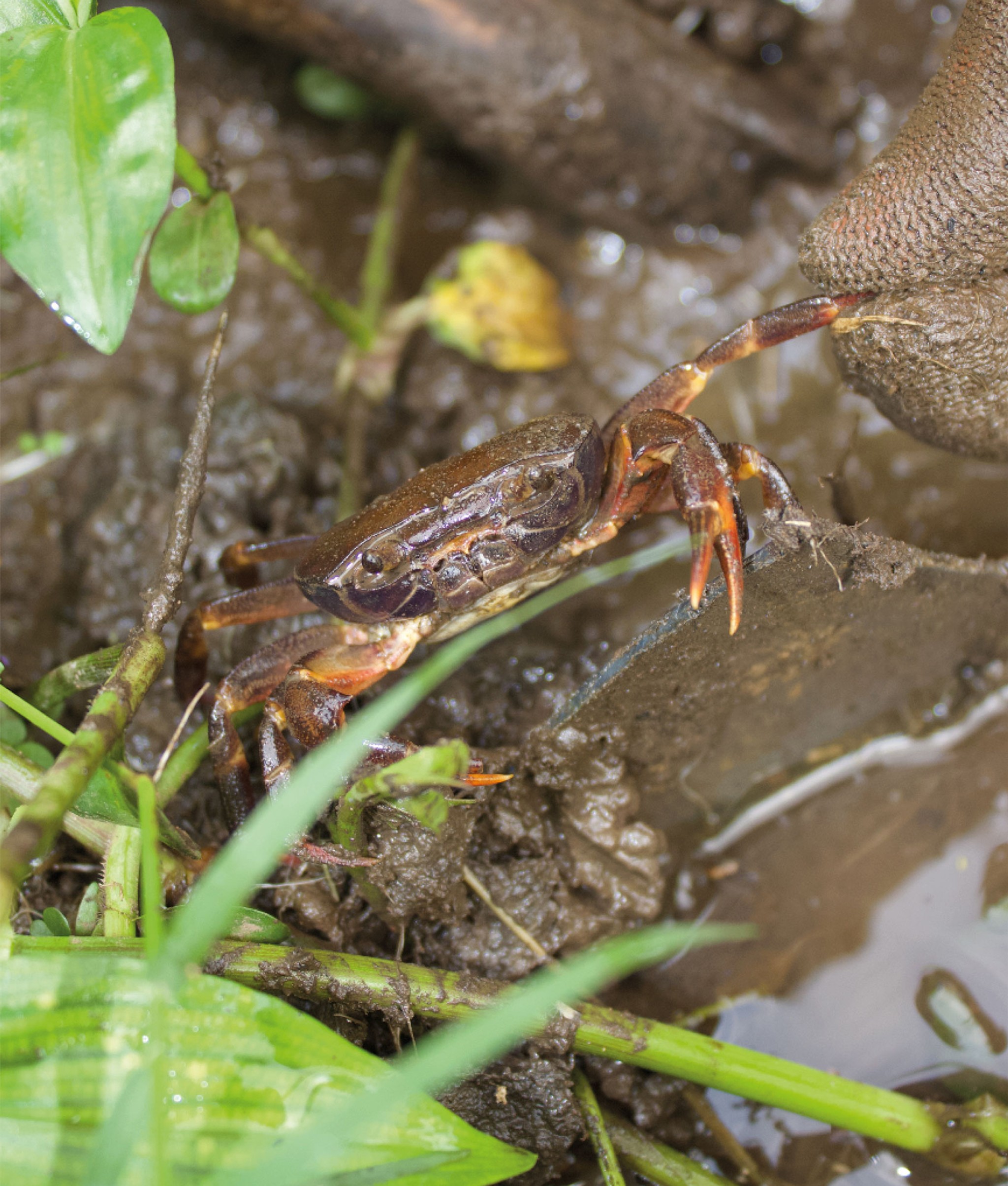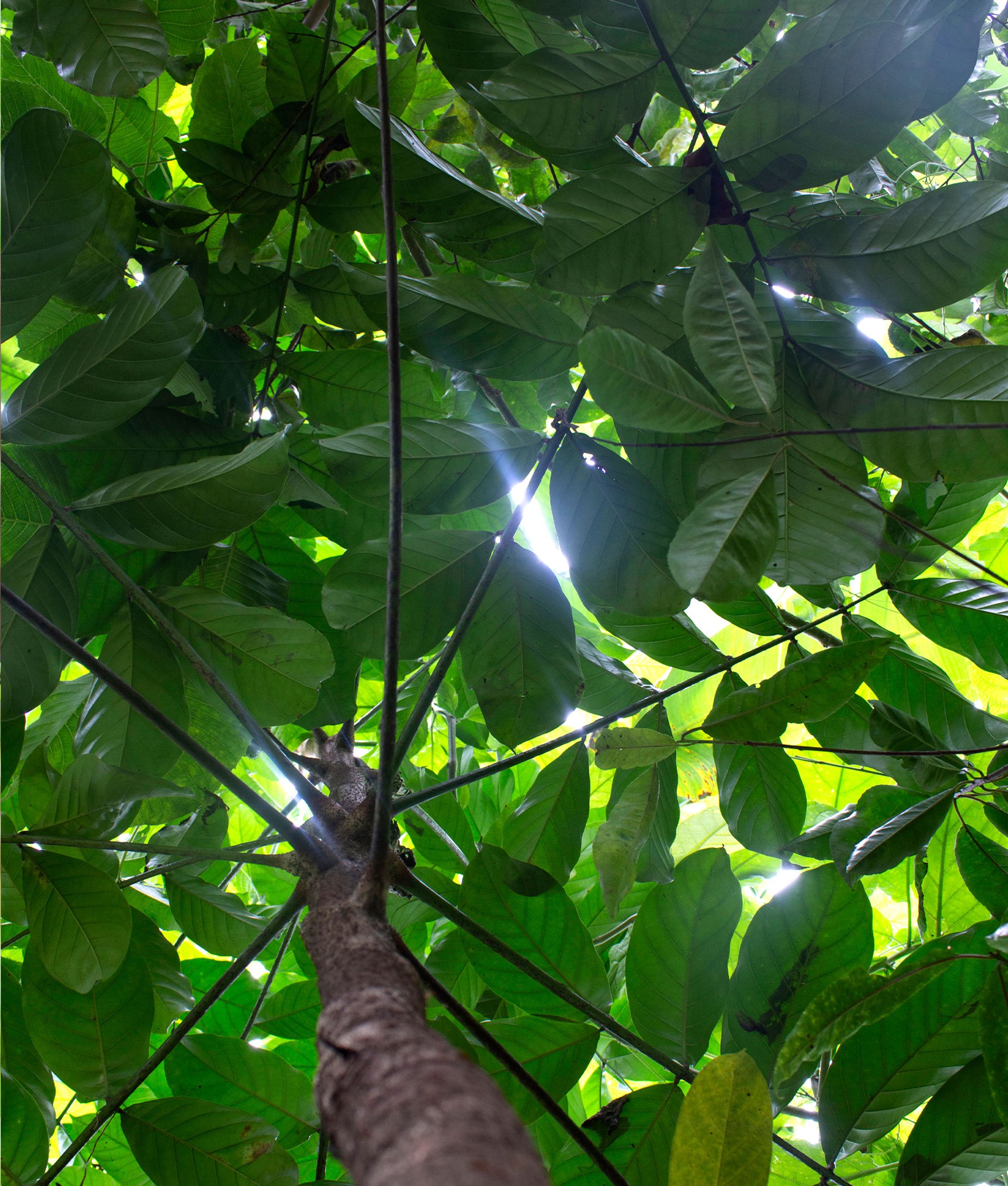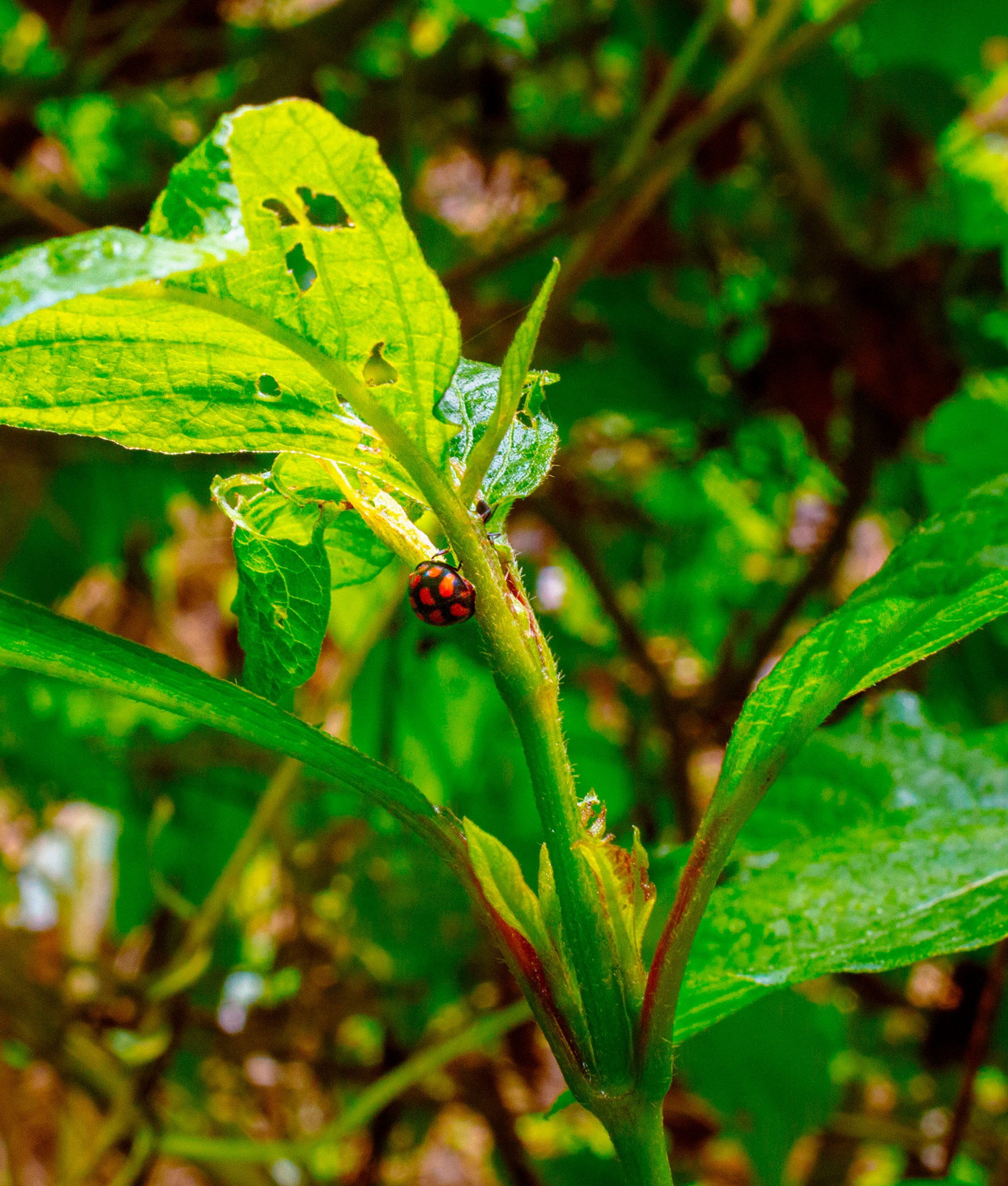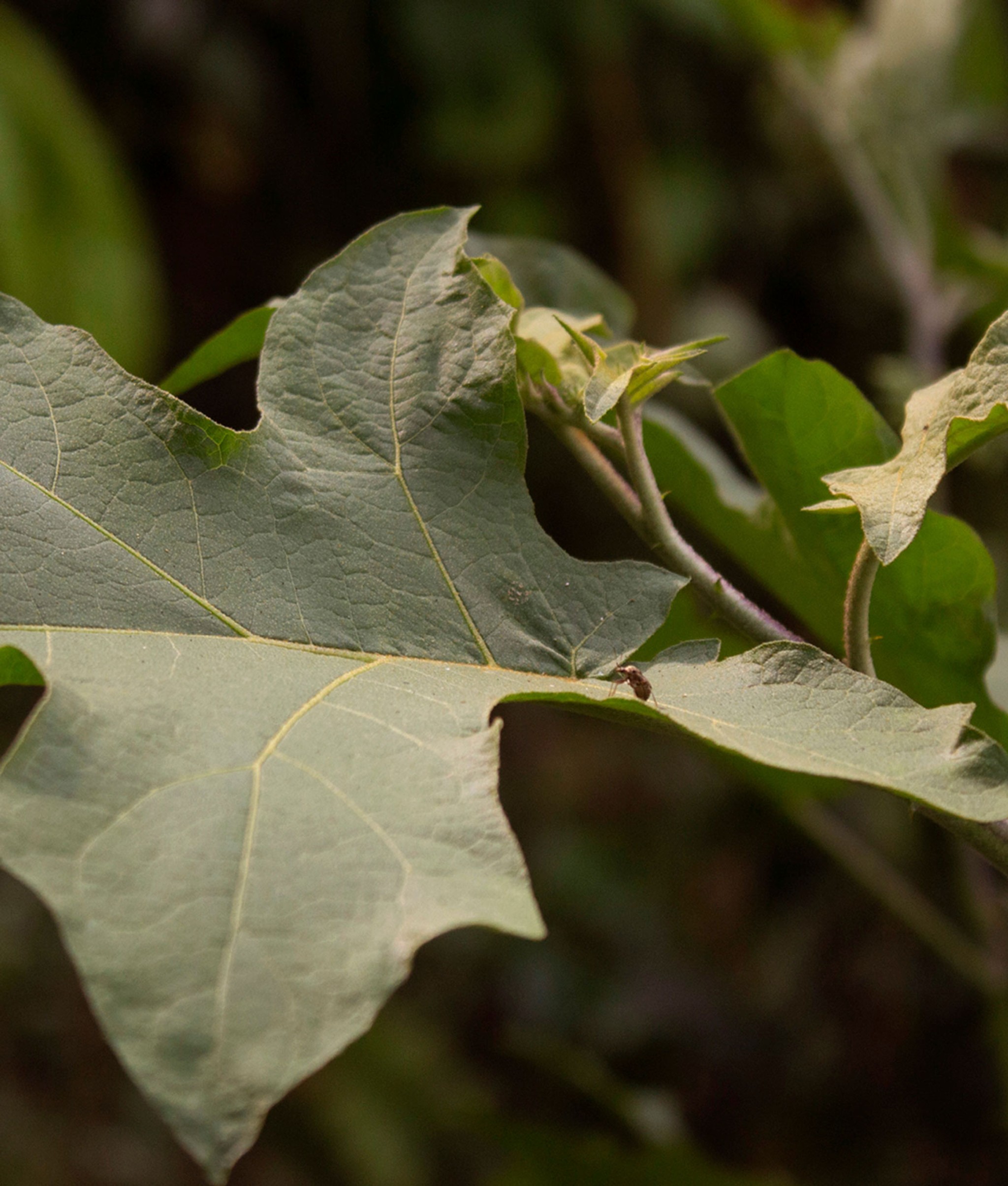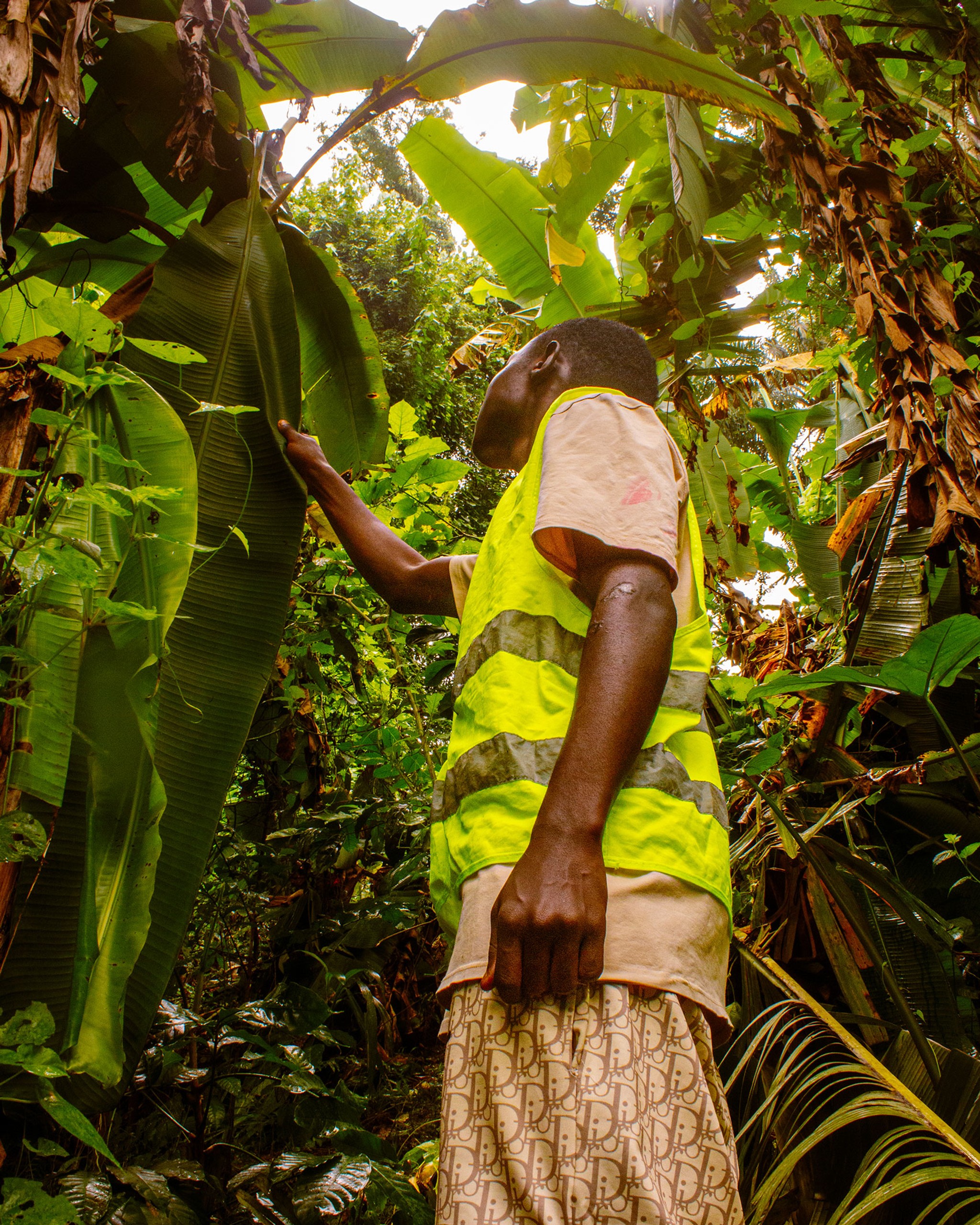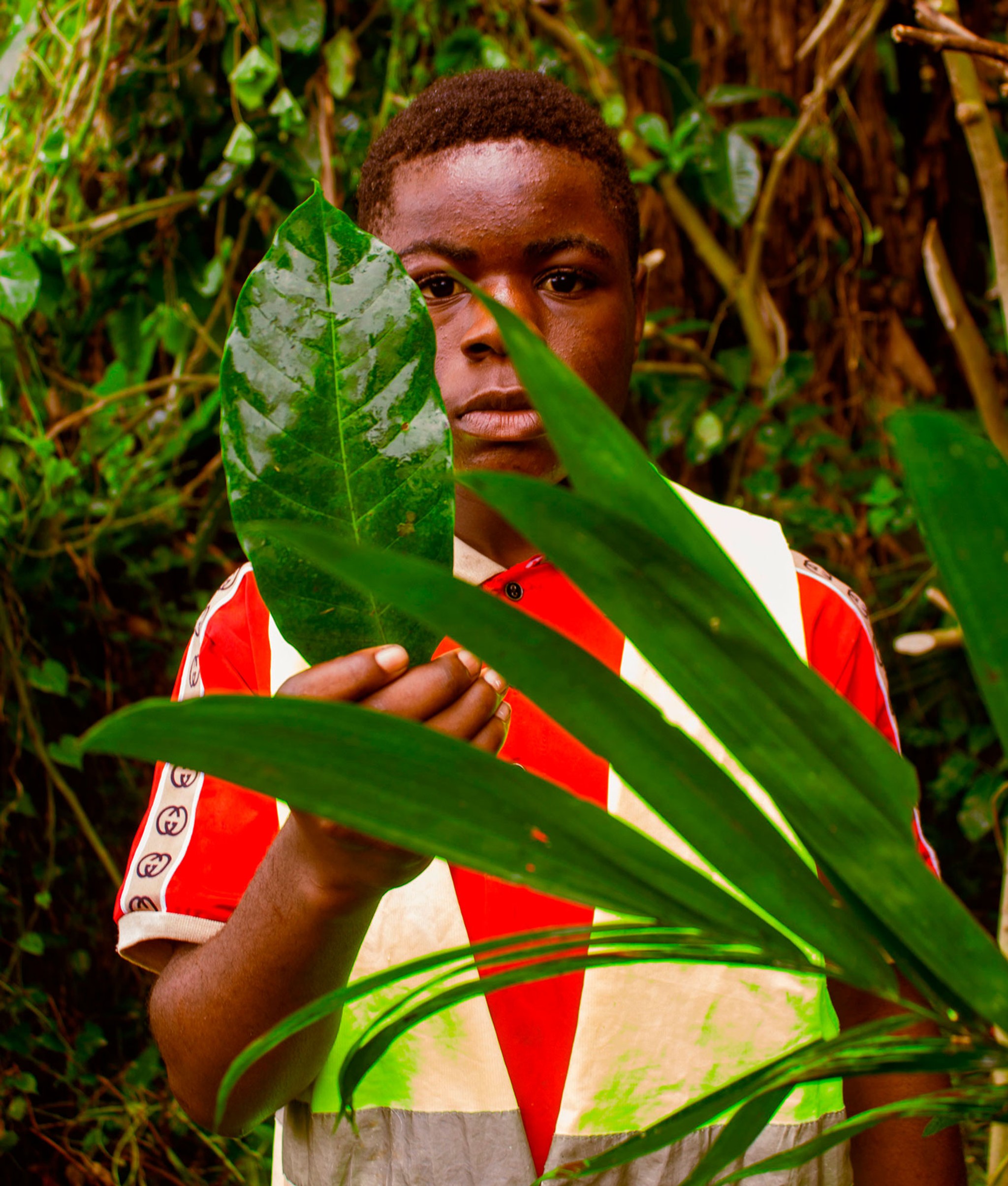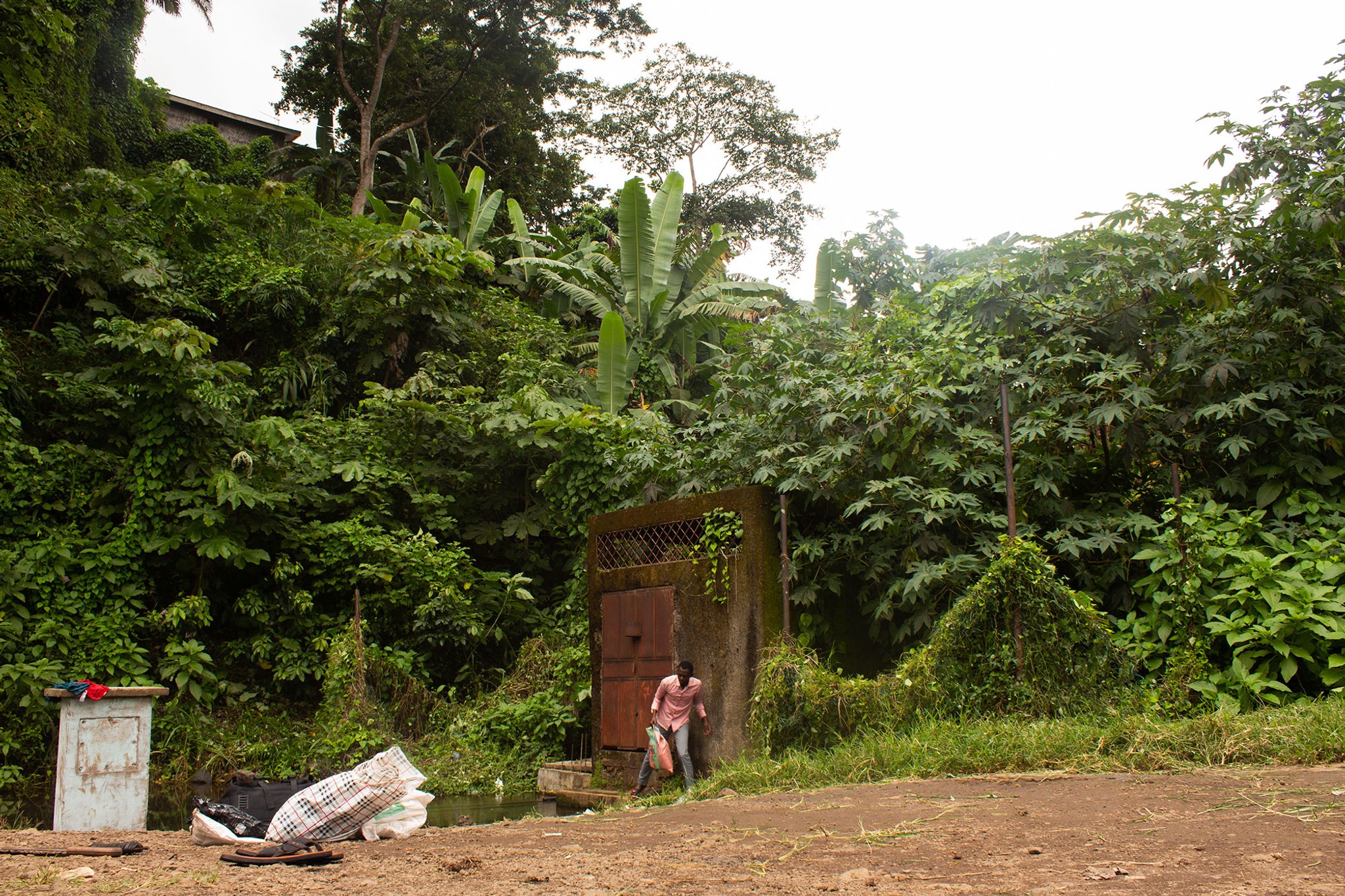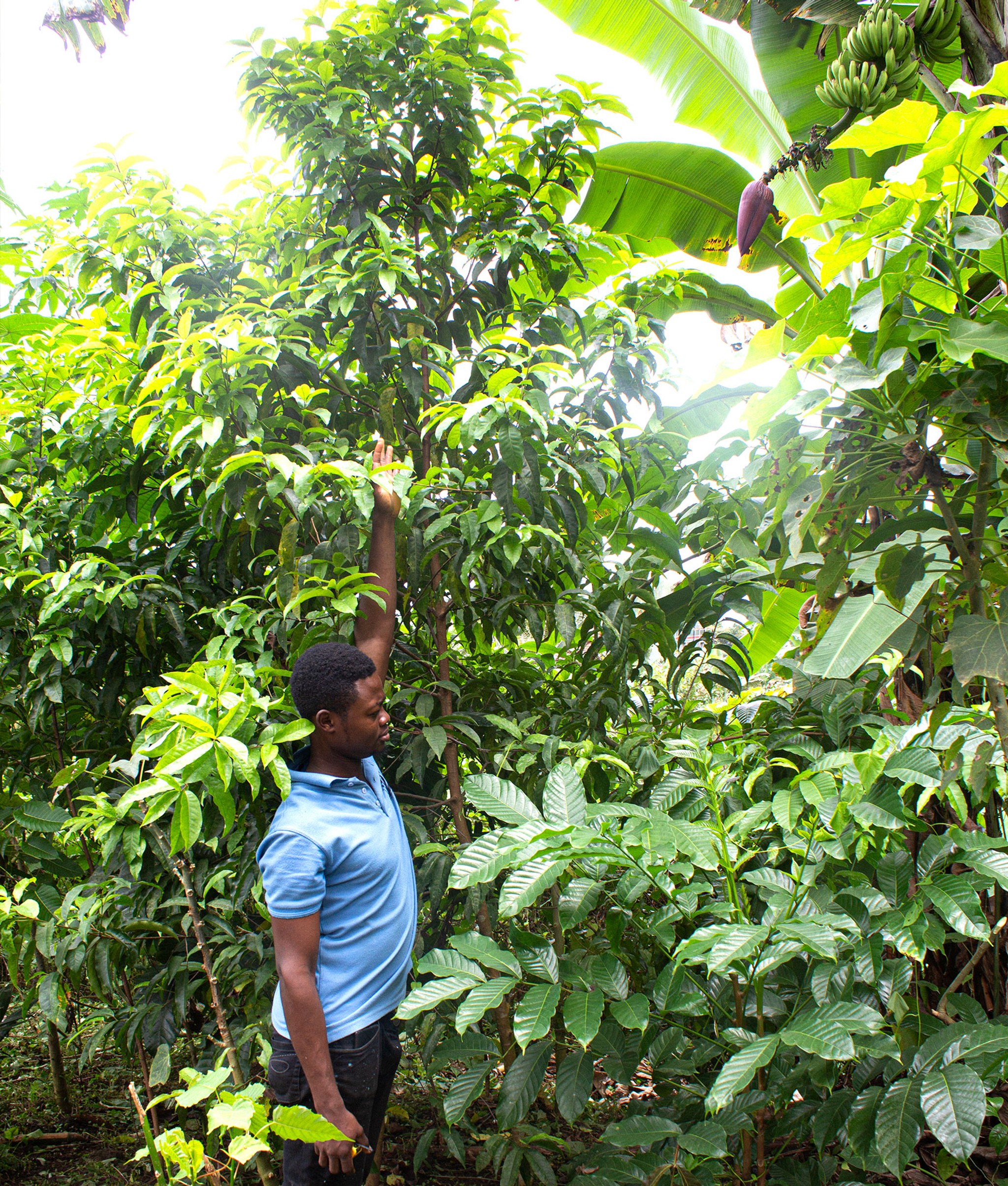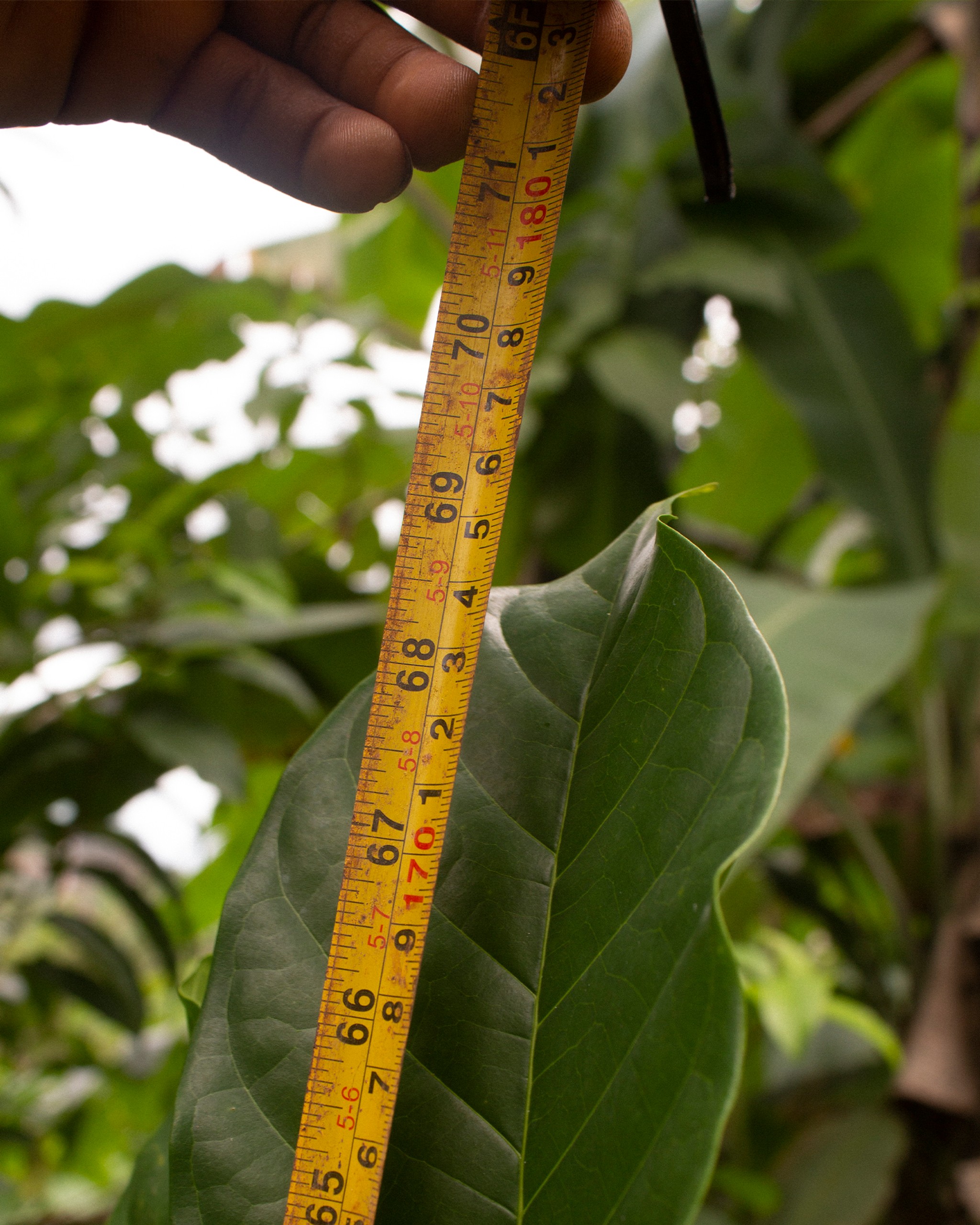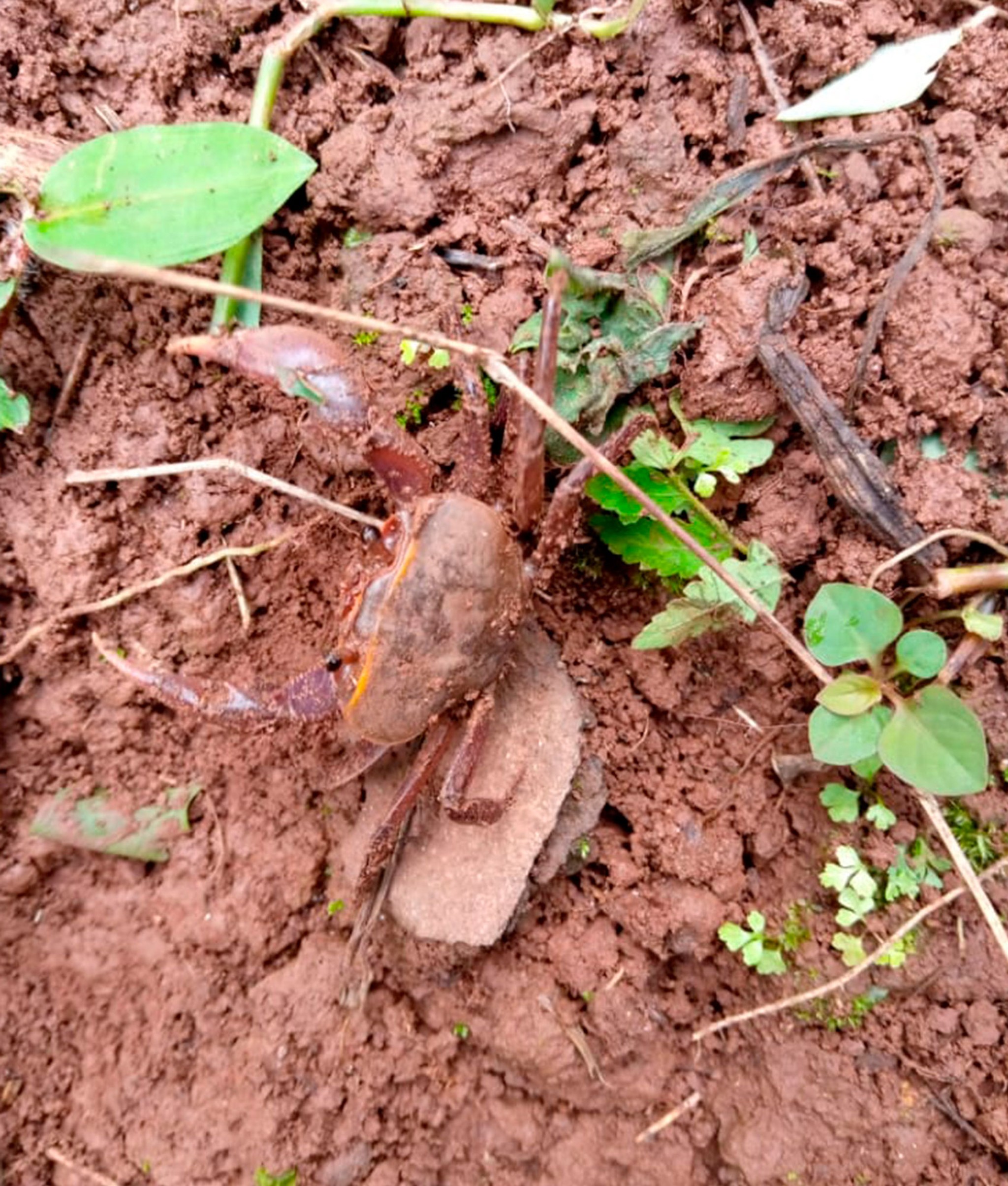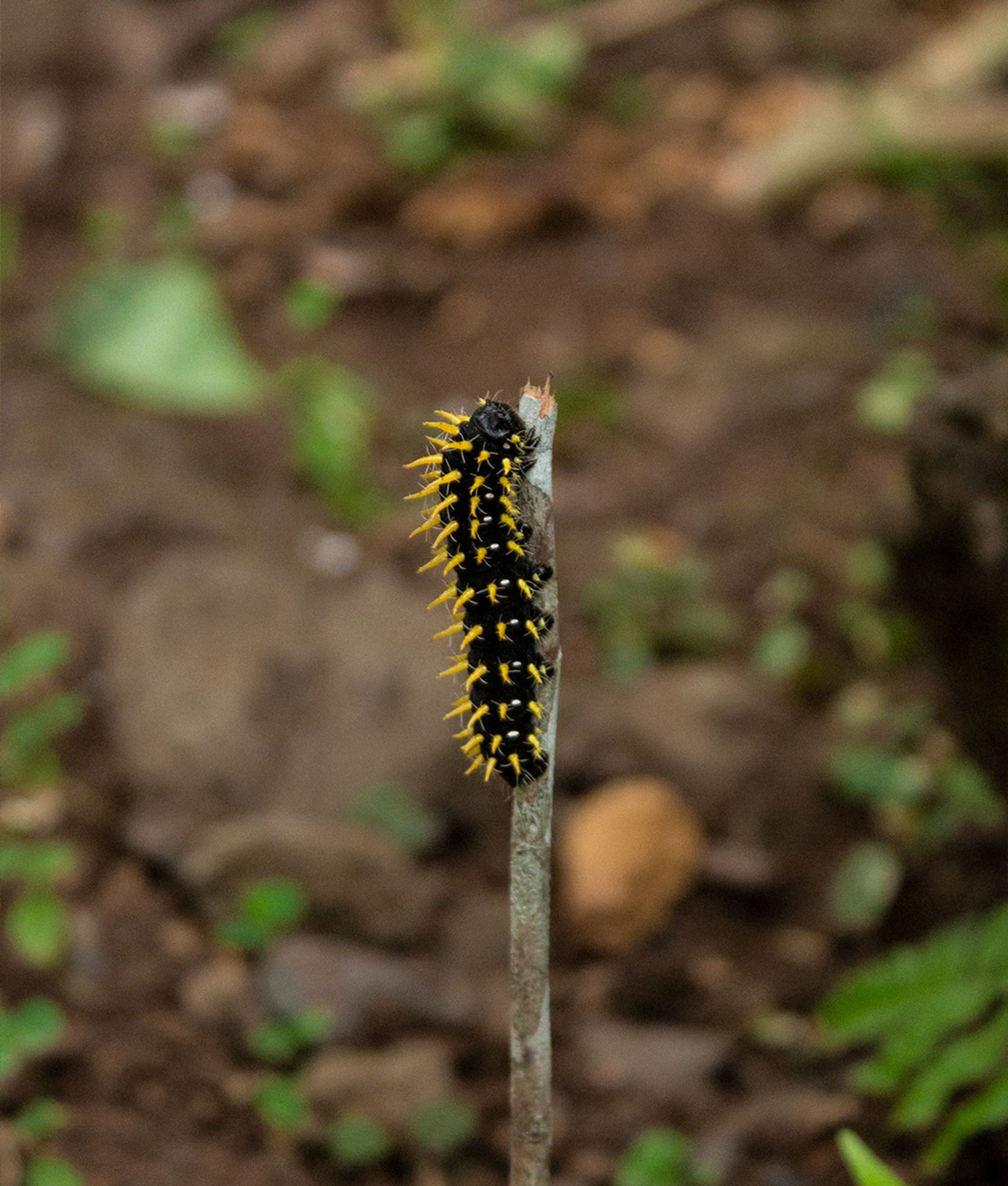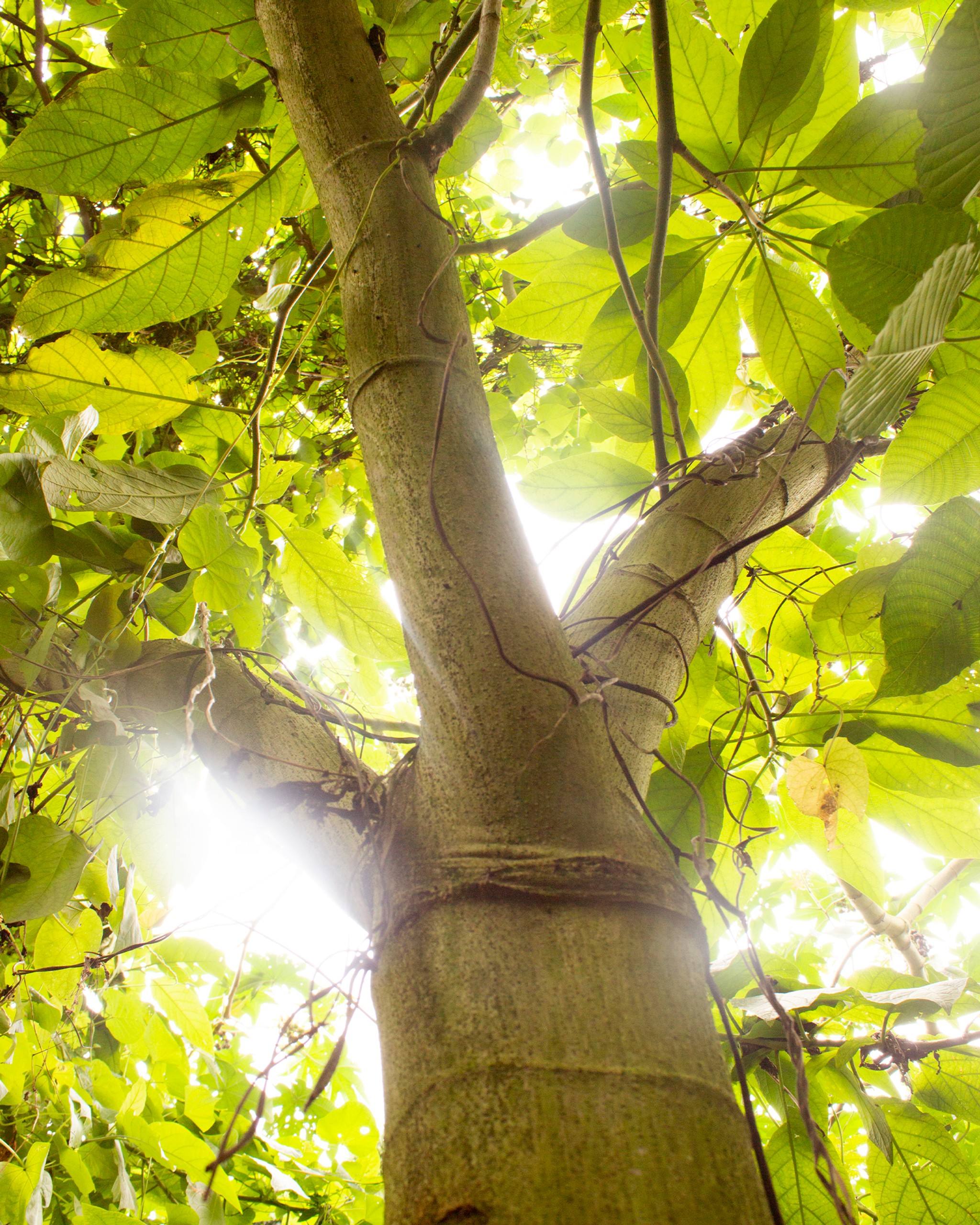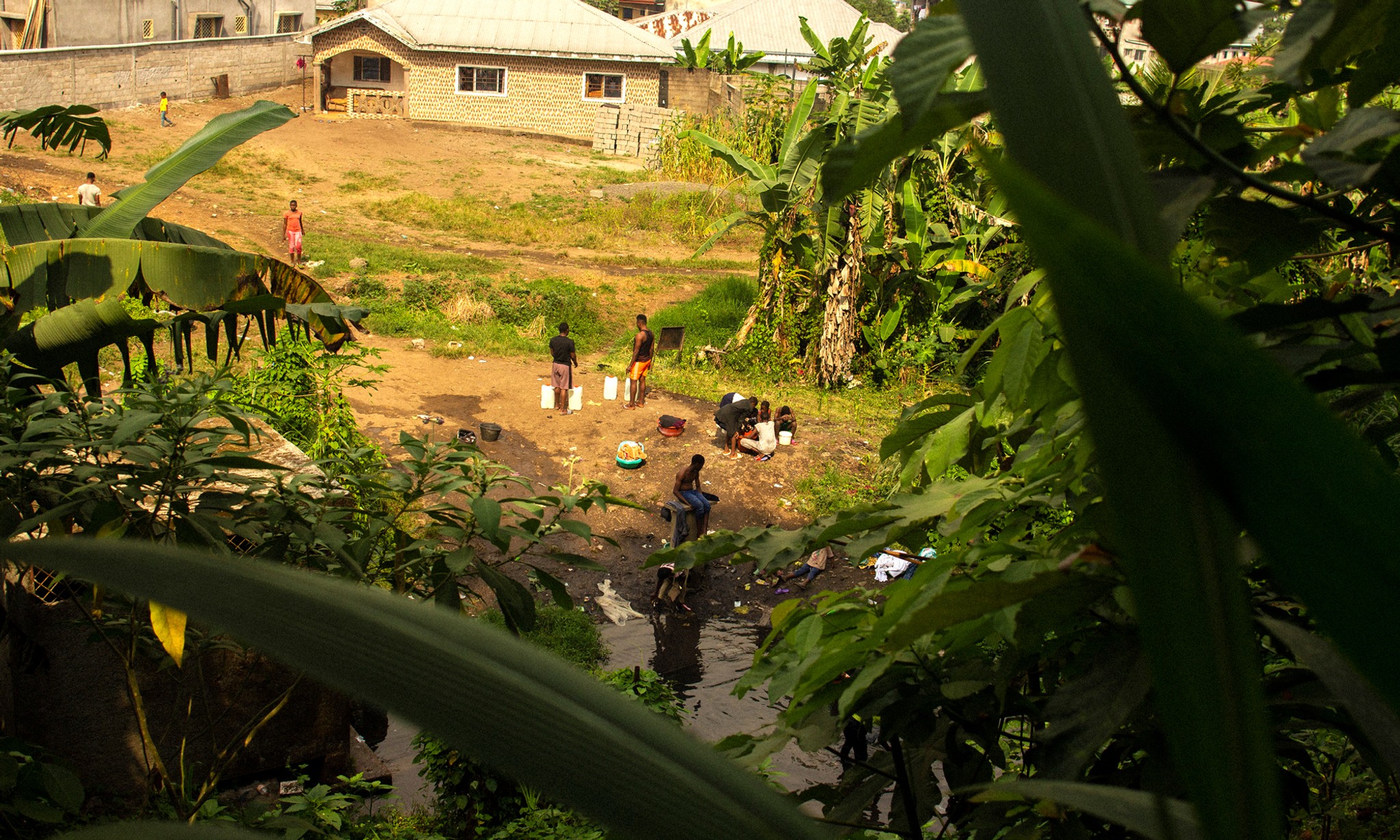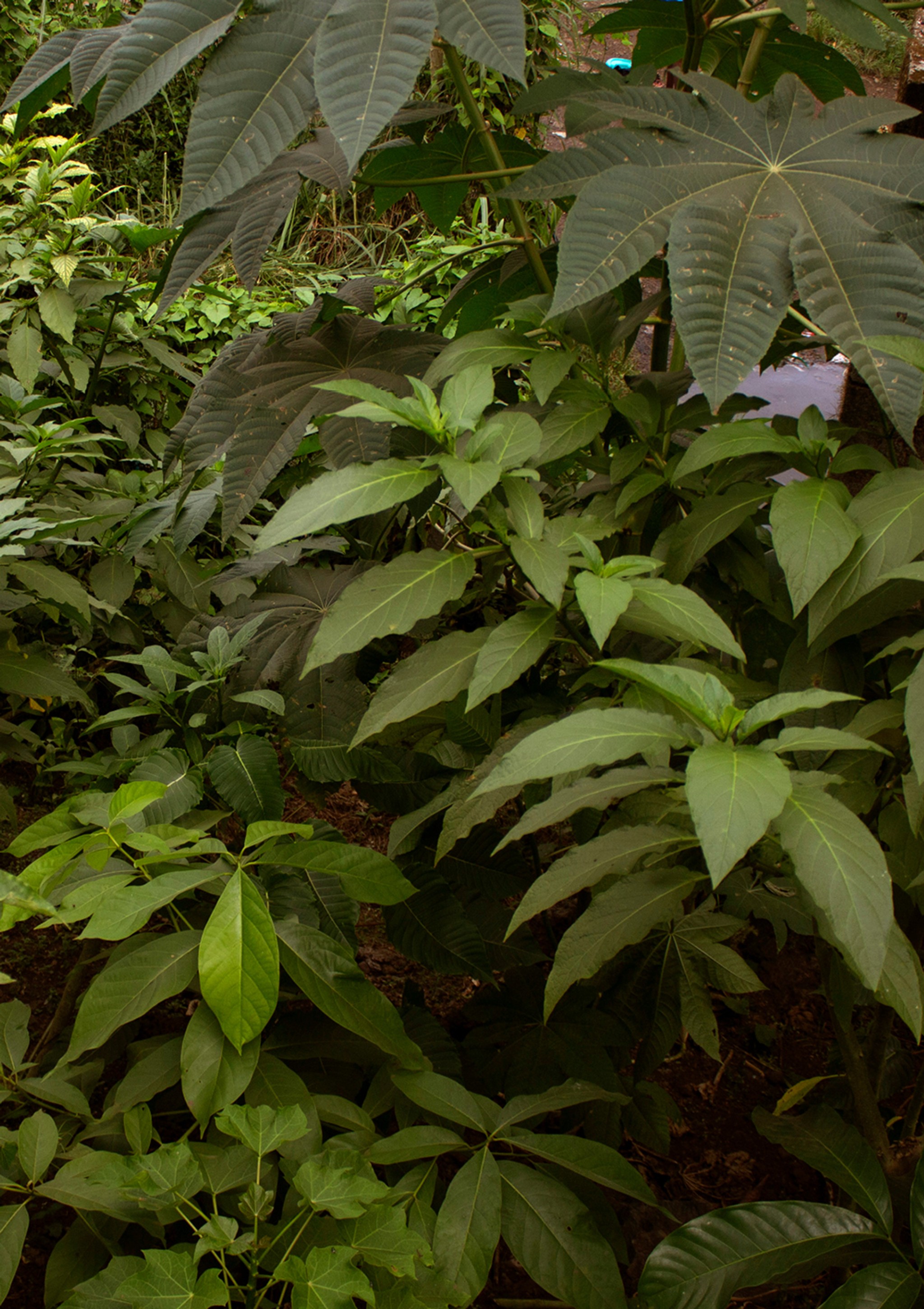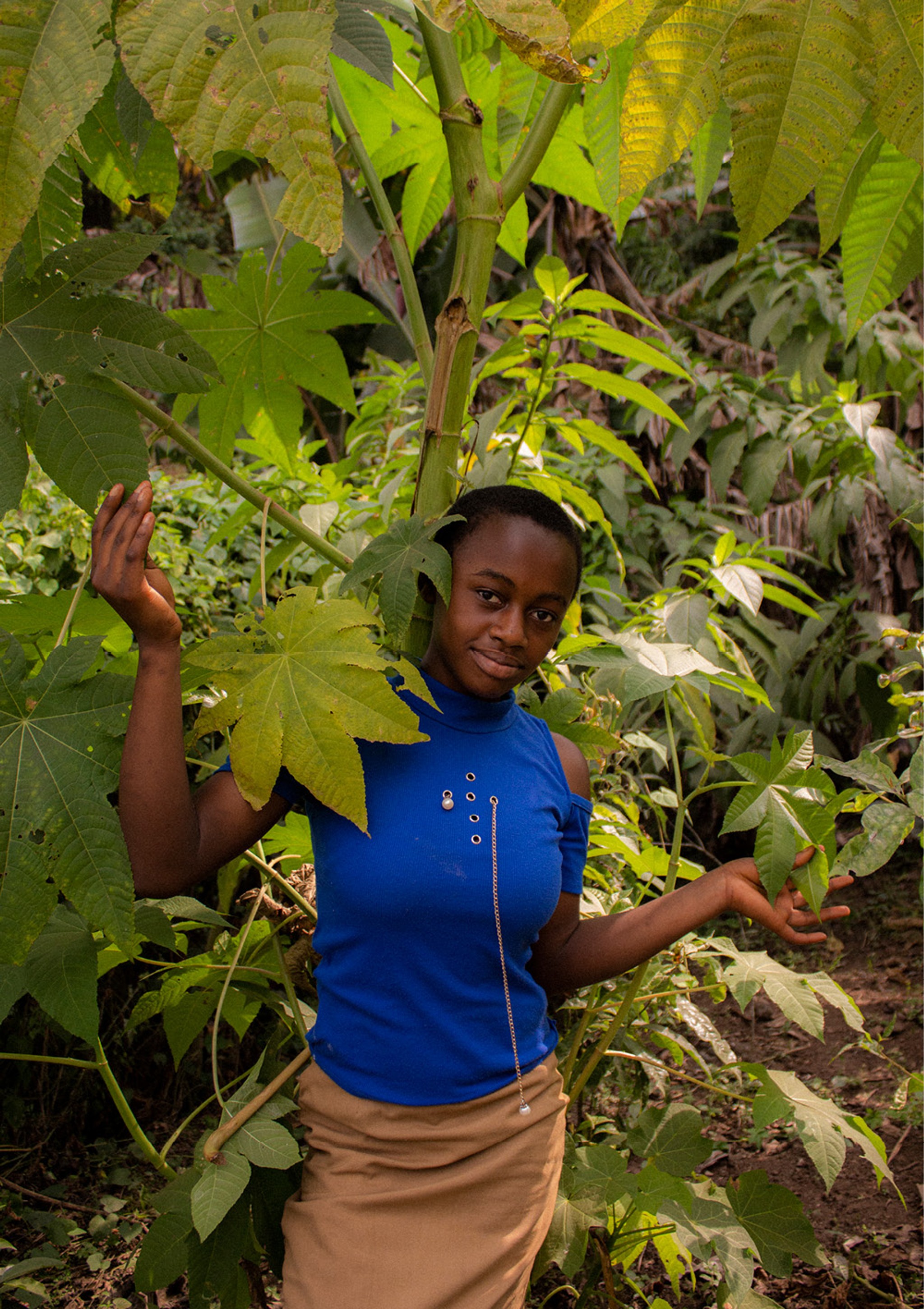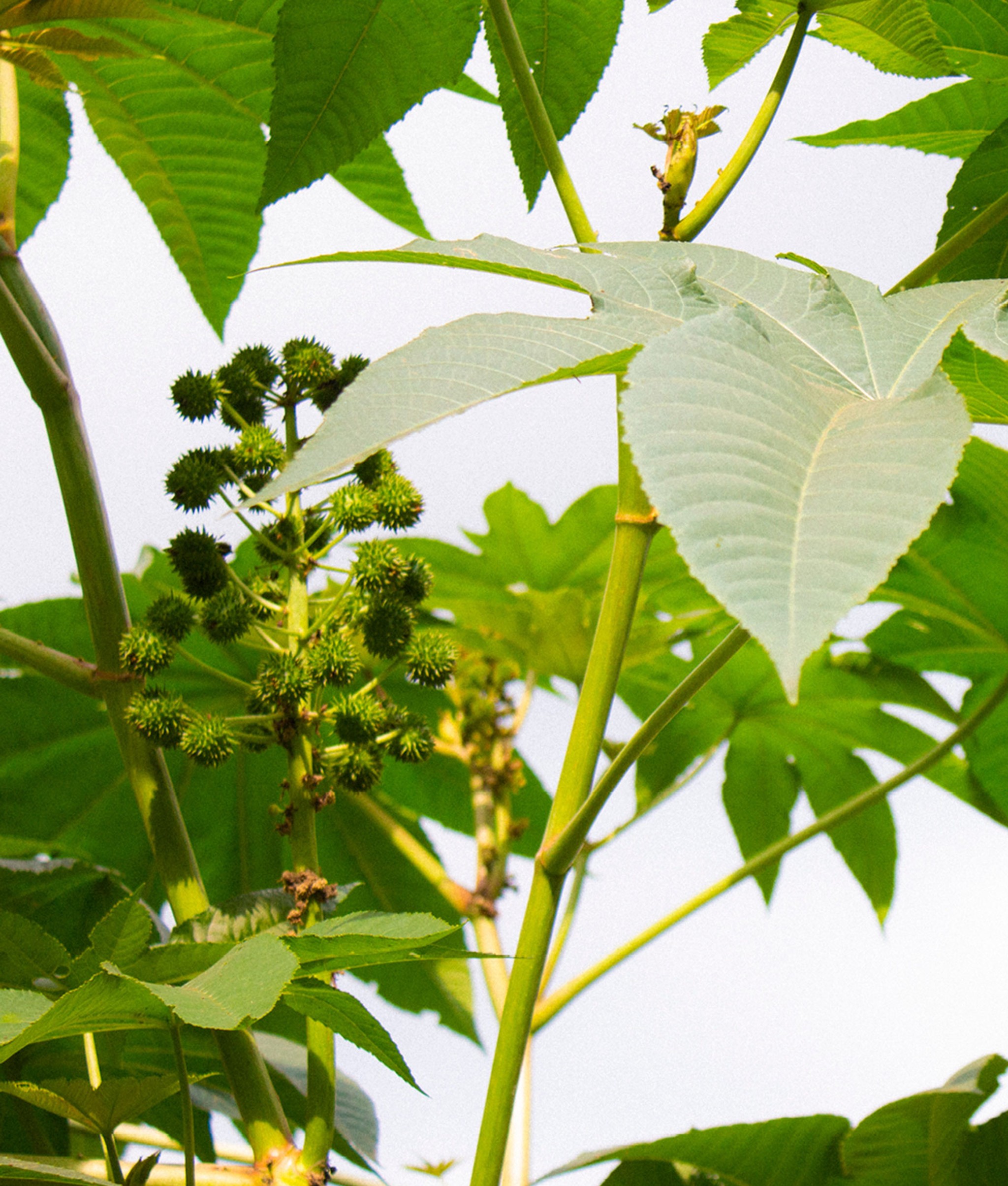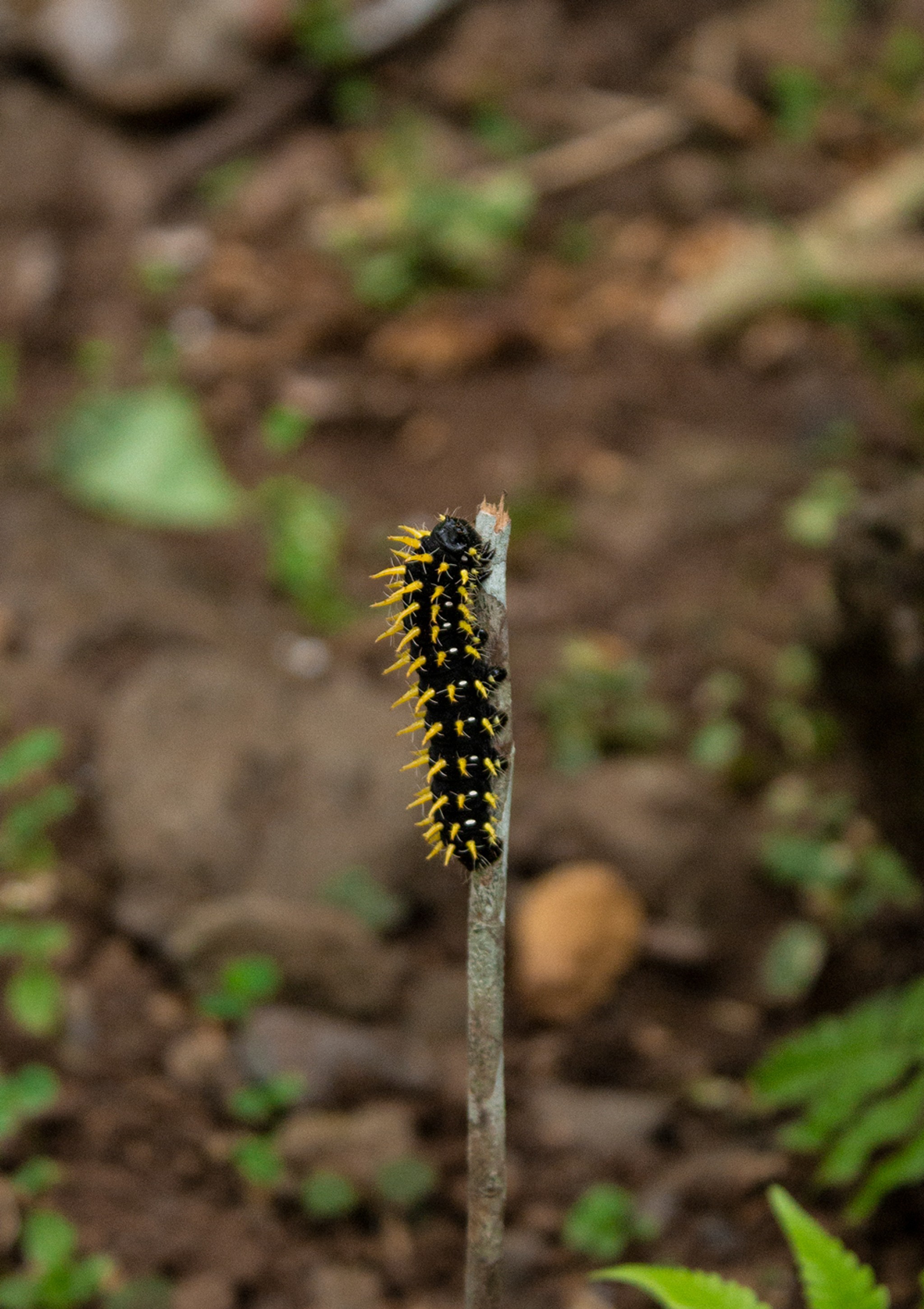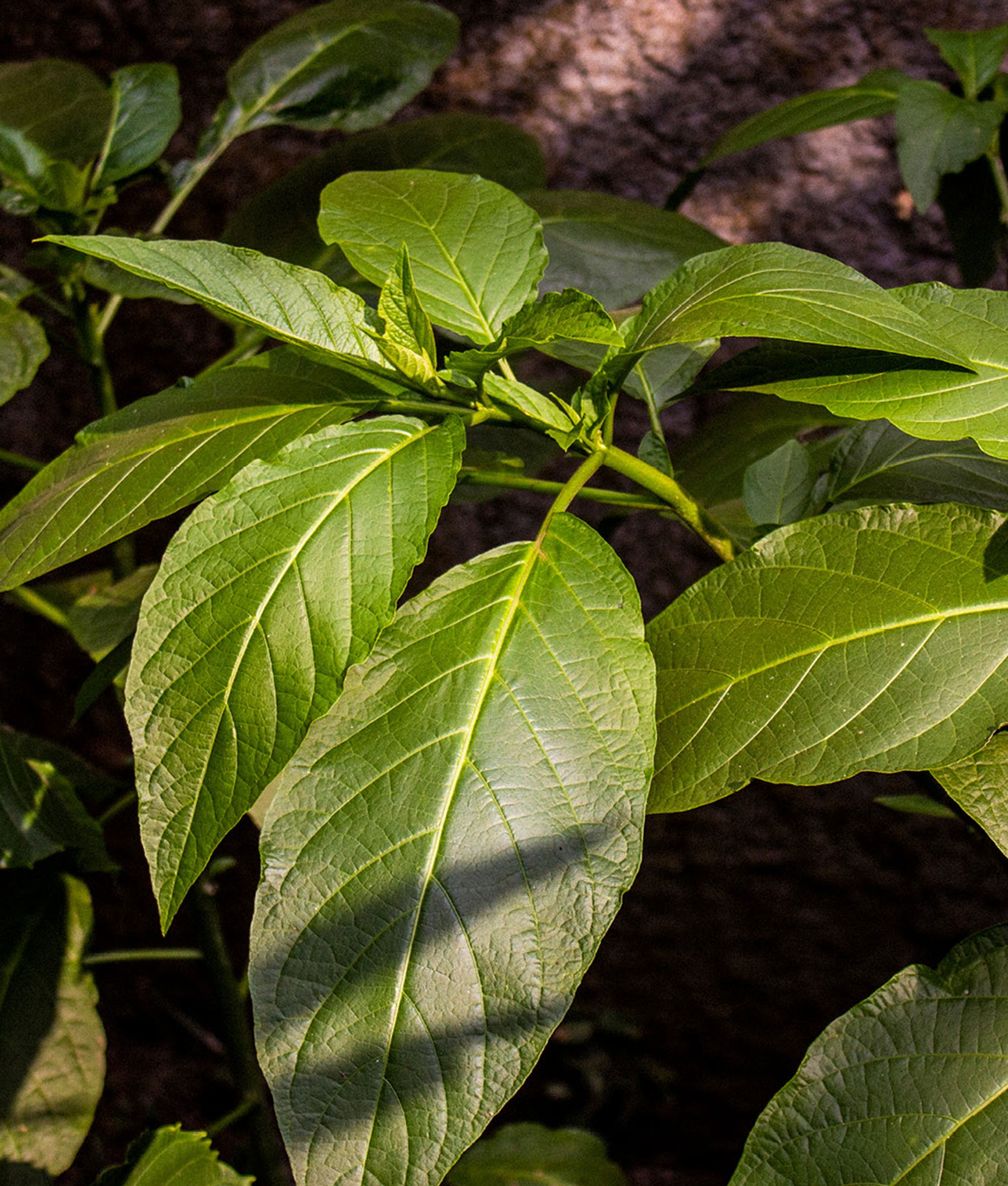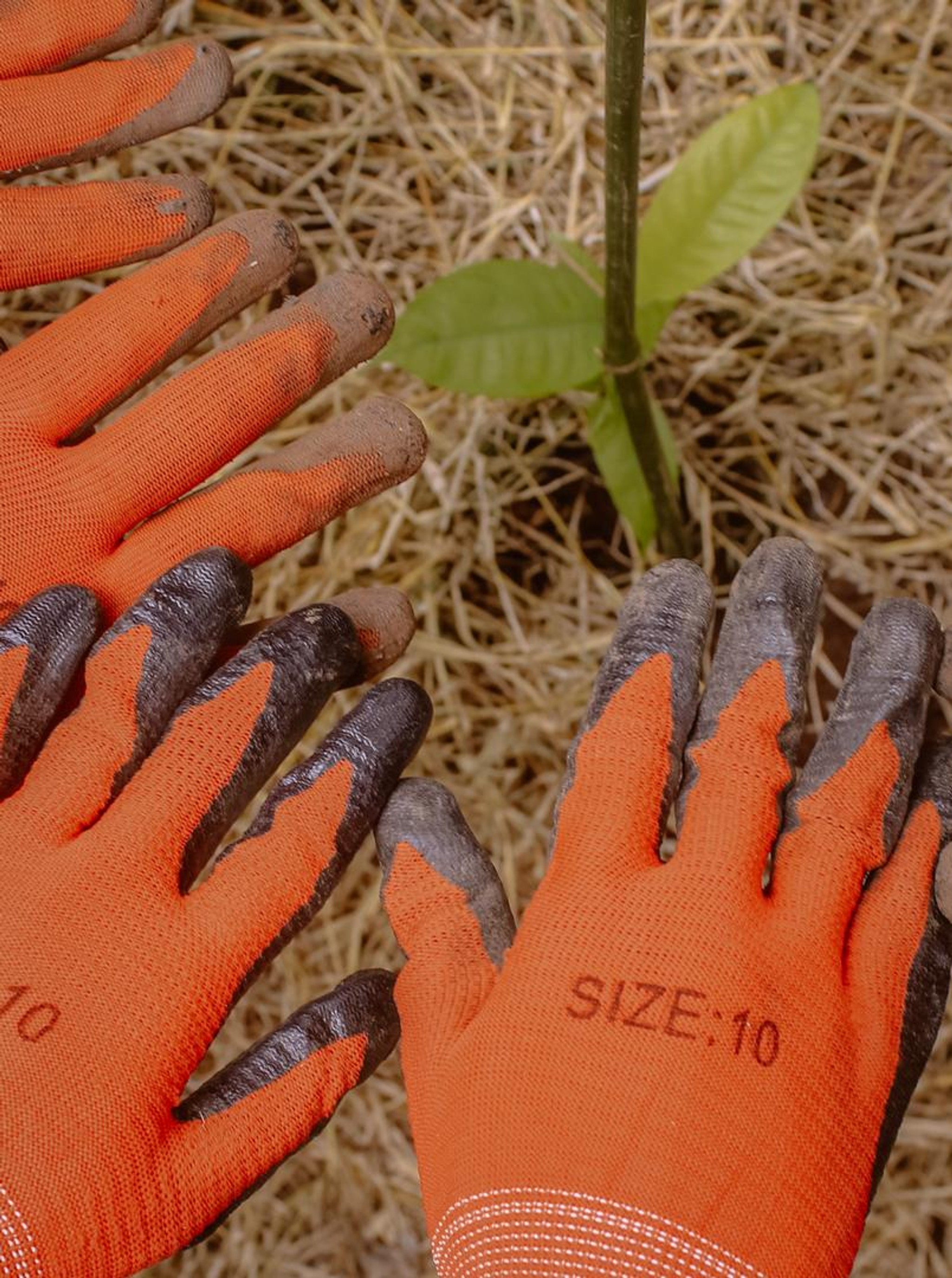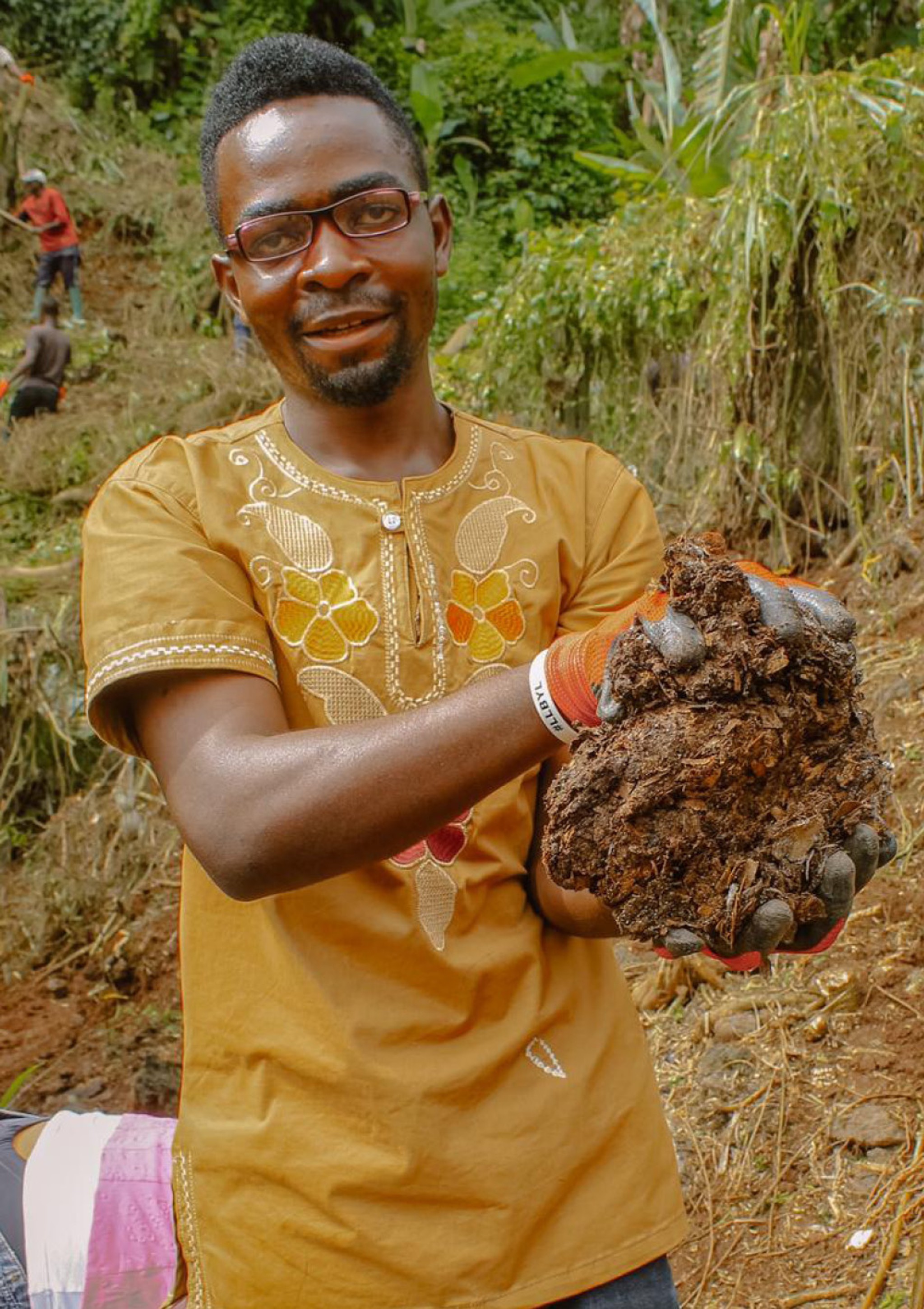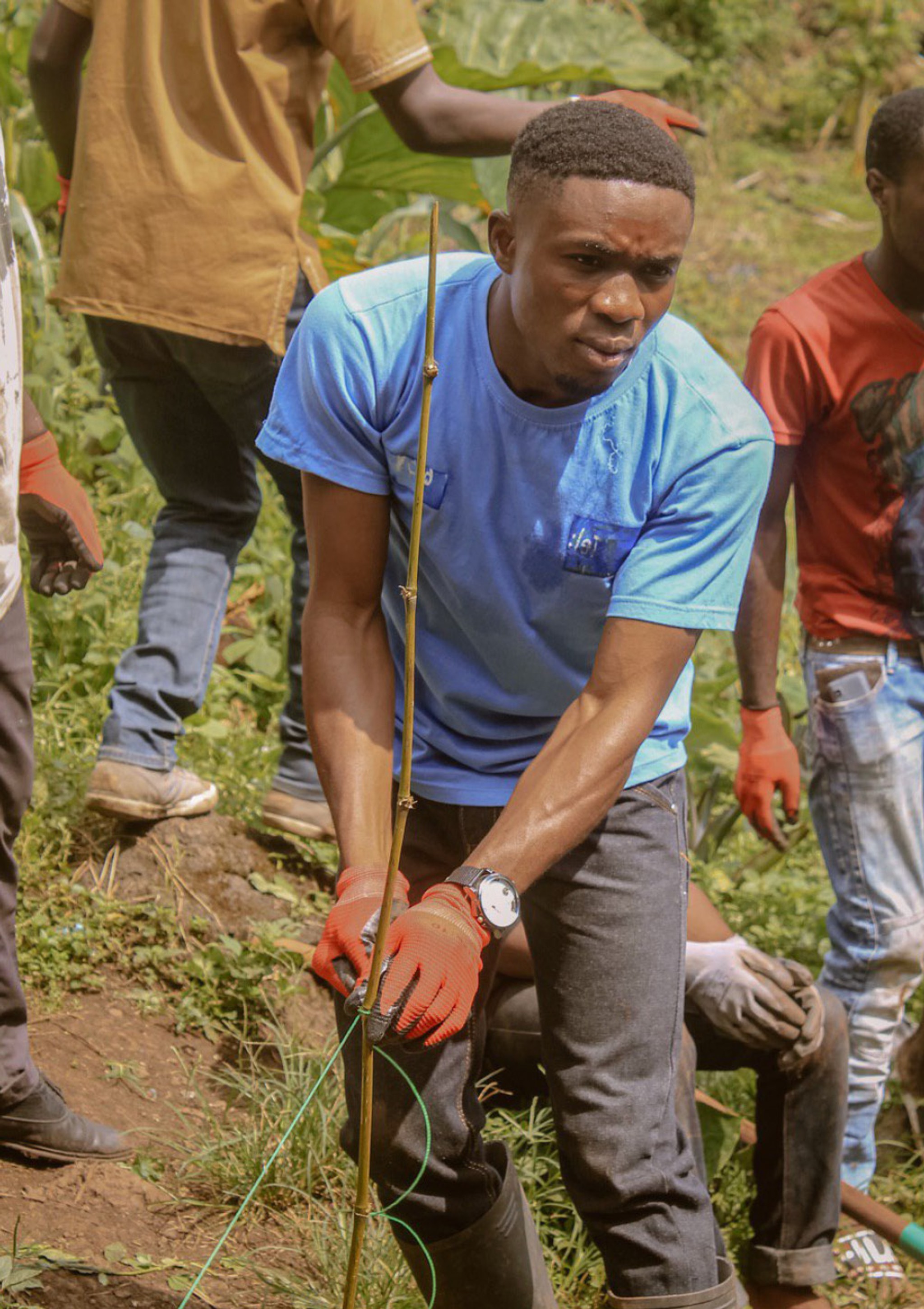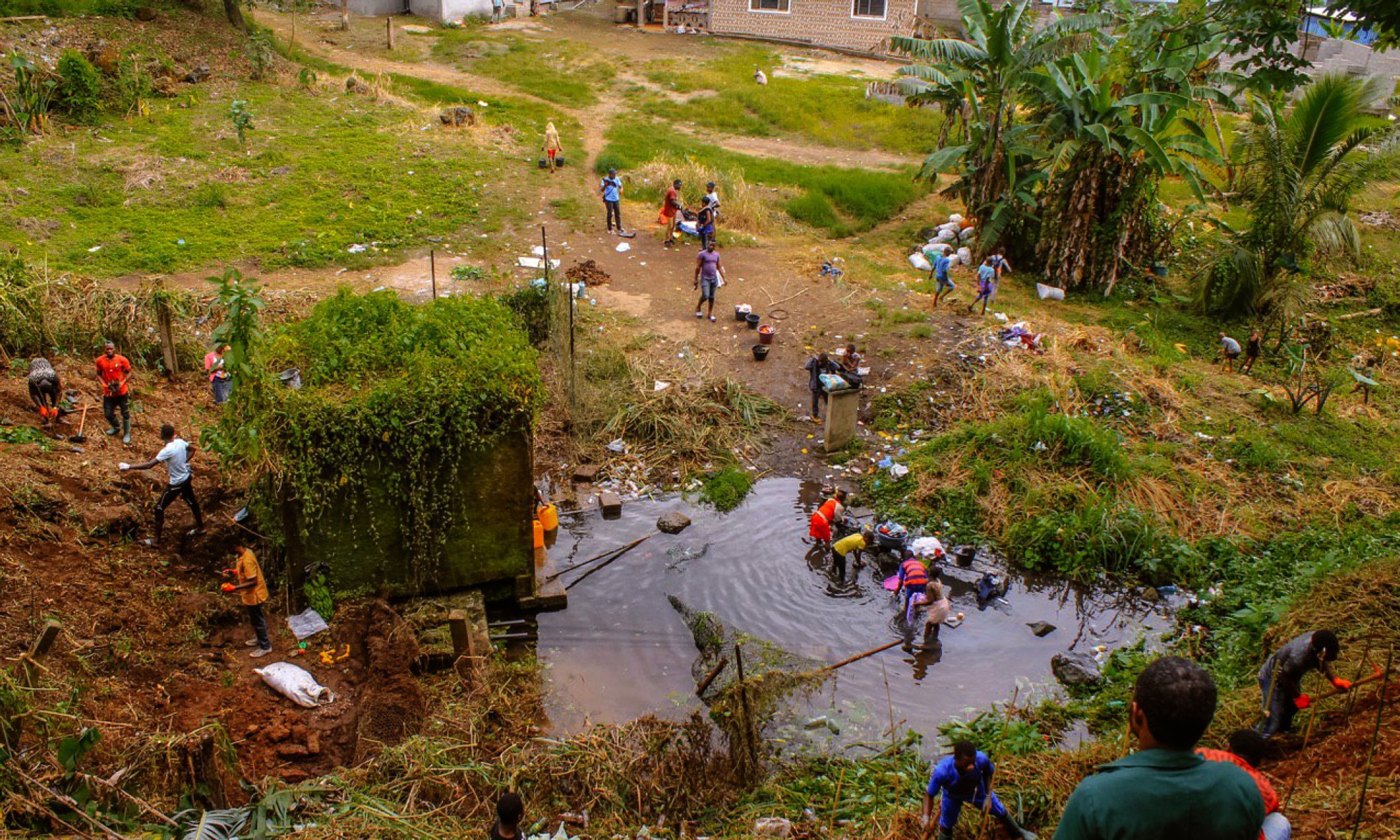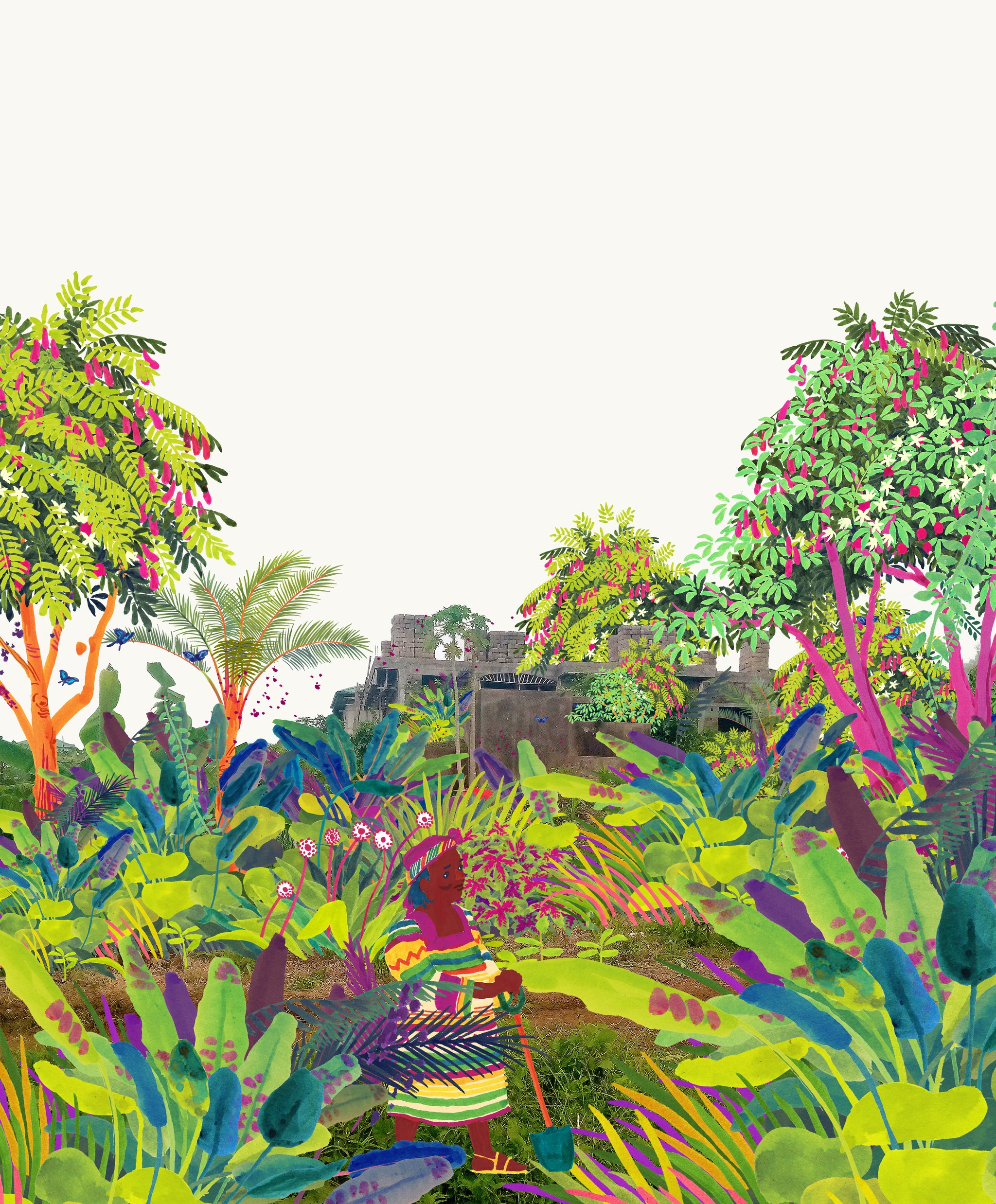Bonduma
Rewilding Buea’s water catchments - 1 of 3.

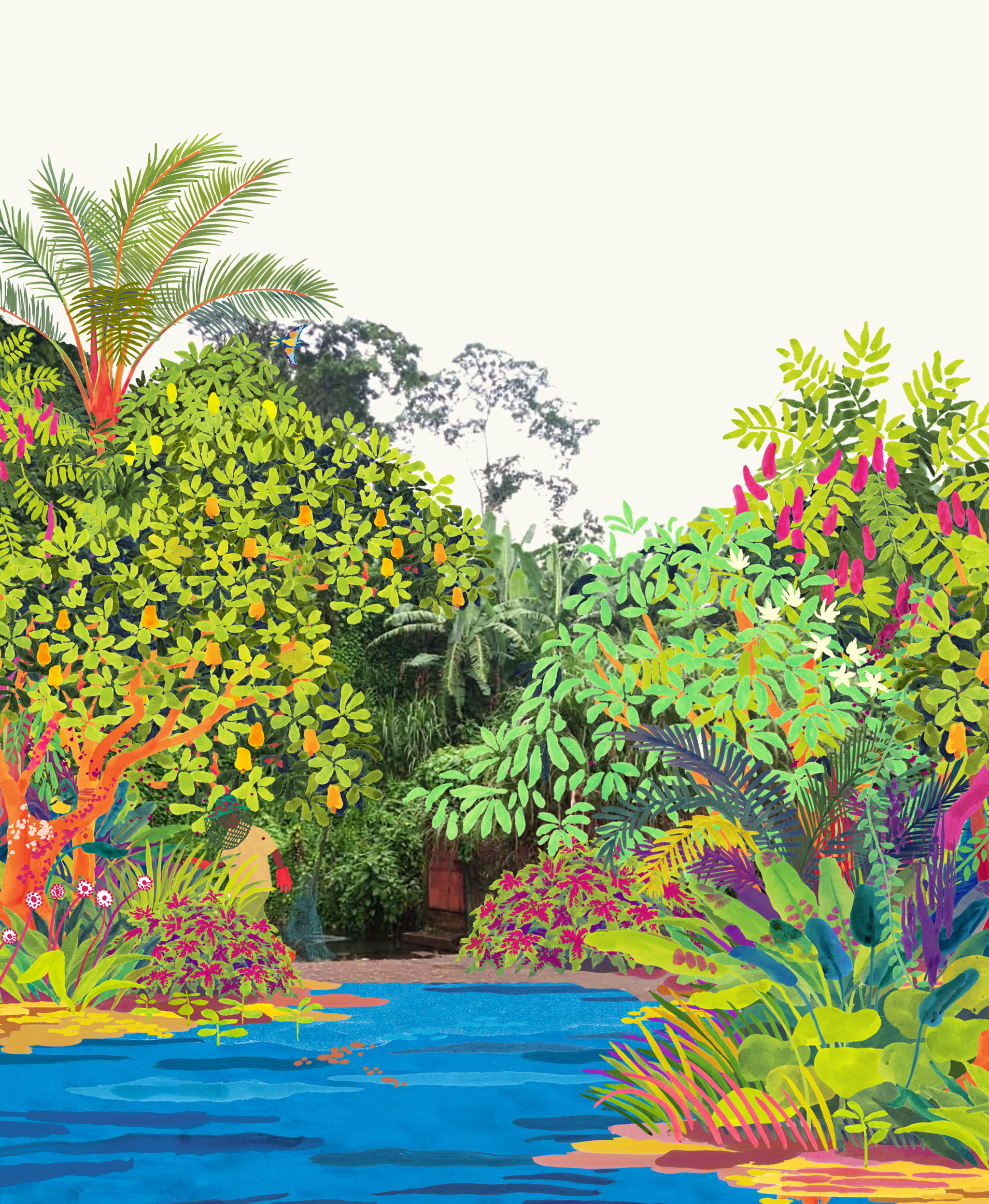
0
Trees
0
Square Meters
0
Native Species
Self Sustaining Forest
Bonduma forest has been a focal point for local conservation efforts since it was planted in November 2019. While the survival rate stands at 60%, it reflects both successes and challenges faced by the forest. Some trees perished due to natural causes, while others were sadly chopped down for agricultural purposes, leading to a significant decrease in tree numbers. Despite these setbacks, the community still benefits from the underground water supply that the forest helps maintain. As the forest has matured, the water table has risen, improving access to water for both the forest and the neighboring communities.
Bonduma has also provided a crucial habitat for various species, contributing to the local biodiversity. A wide range of insects, including several species of butterflies and dragonflies, has been recorded. Notably, there has been an increase in small creatures like ants and midges. Other wildlife such as snake lizards and clay frogs have also been spotted, further indicating the forest's role as a thriving ecosystem. The continued presence of these species underscores the forest's contribution to the area’s ecological balance.
Forest Maker
Limbi Blessing Tata

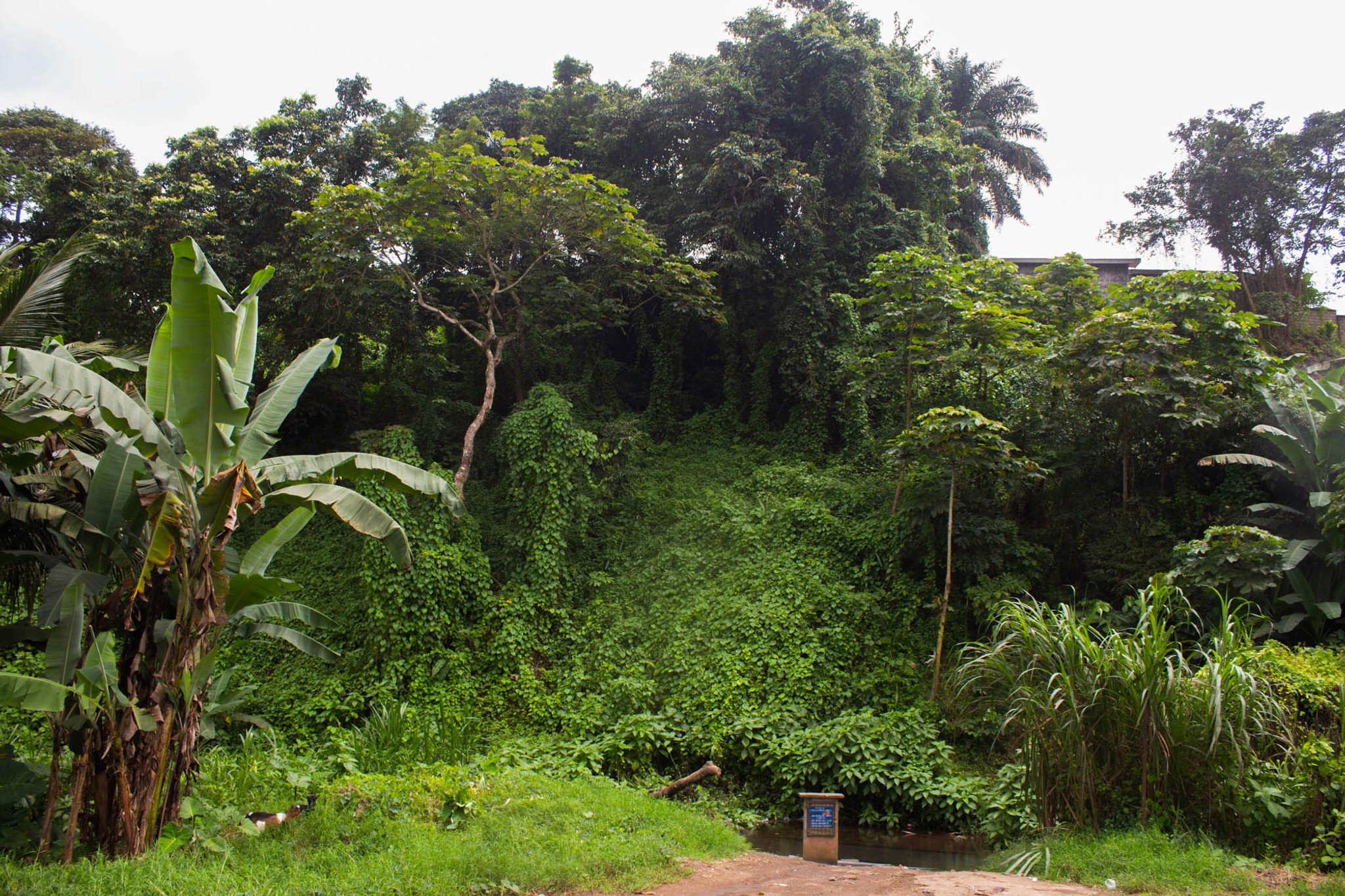
Ecosystem Restored
Final report: 19.12.2024
After approximately three years our SUGi Pocket Forests become self-sustaining. They no longer require human maintenance or watering, and can be handed over to Nature for biodiversity and complexity to naturally develop.
0%
Survival Rate
0
People living within 300 meters
0
kg of potential CO2 sequestration
Biodiversity
Biodiversity is all the different kinds of life you'll find in one area—the variety of animals, plants, fungi, and even microorganisms like bacteria that make up our natural world. Each of these species and organisms work together in ecosystems, like an intricate web, to maintain balance and support life.
0
Potential number of mammals
0
Potential number of birds
0
Potential number of amphibians
“By rewilding the three water catchments in town, we tackle the water crisis that the town has suffered for over two decades.”
Limbi Blessing Tata, SUGi Forest Maker
Forest Report: 2022
0 Years
Forest Age
0%
Survival Rate
0m
Average of Tallest 3 Trees
This pocket forest is doing well at 3 years, with notable growth again from the castor (Ricinius communis) and African cherry (Prunus africana) trees. Indeed, the local community continue to extract oils from the castor tree seeds and look forward to harvesting during the next dry season.
Local people are also pleased as water levels continue at the elevated levels seen since the planting of the forest in 2019. The area is no longer the dumping ground that it once was. It is now much better cared for as the catchment is a well-known reliable and important supply of water for the area.
In addition to water access, the forest is a valued cool space in an area where land is increasingly being built on or taken over by other human activity. Local people speak about their pleasure at the cooling effect of the forest.
Biodiversity Notes:
Common freshwater crabs (Sudanonuate africanus), grasshoppers (Eyprepocnemis ploran) and snails (Bulinus camerunensis). Numerous unidentified agama lizards and butterflies have also been sited in the forest.
Forest Report: 2021
0 Years
Forest Age
0%
Survival Rate
0m
Tallest Tree
The average height of the forest is 800cm. The Mahogany trees (Entandrophragma angolensis) are on average 55cm tall and this species is thriving most in terms of number across the forest. The tallest 1200cm trees are Castor trees (Ricinius communis). Indeed, oils are already being extracted from the Castor tree seeds and used by the local community.
The canopy is covered in 70% of the forest and weeds still exist on the forest floor indicating that the sun continues to penetrate. The presence of vines (not planted) has been noted, along with thorns (defence mechanism) and adventitious roots (to increase feeding surface area) on some tree trunks; these are all positive indicators of self-reliant forest ecosystems.
Biodiversity Notes:
Common Freshwater Crabs (Sudanonuated africanus) were identified in the forest at 10 months, along with yellow caterpillars (Lepidoptera larvae) observed at 12 months. At 24 months, freshwater crabs continue to be observed, along with other burrowing animals.
Forest Report: 2020
0 Months
Forest Age
Biodiversity Notes:
Planting: November 2019


